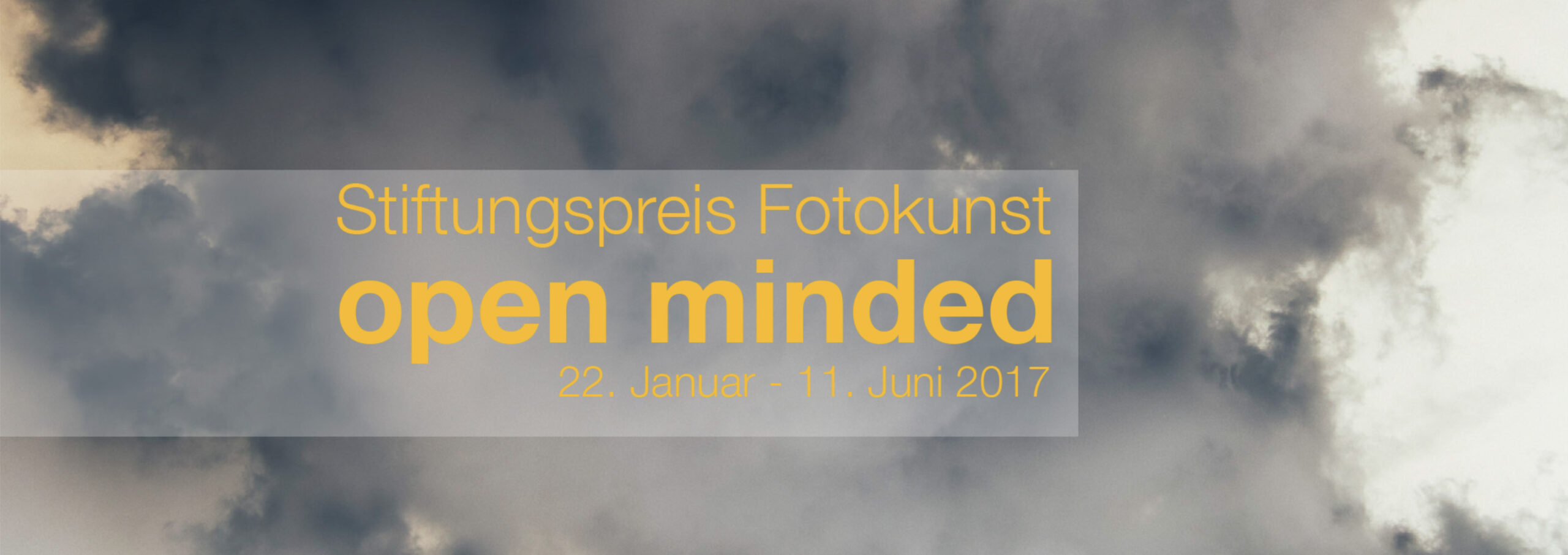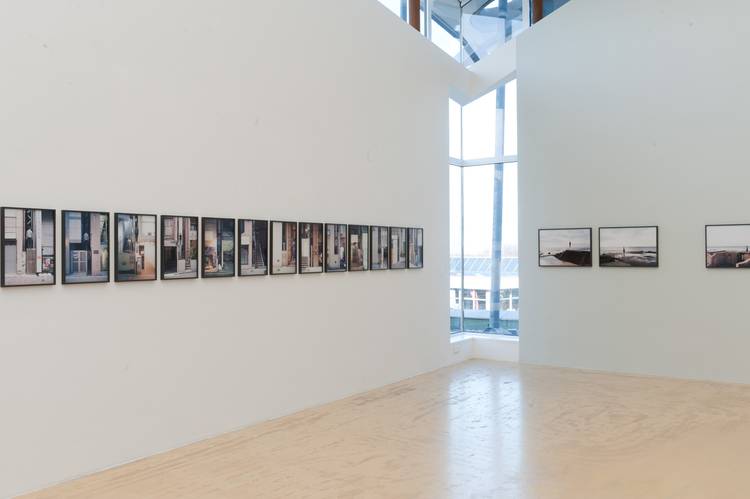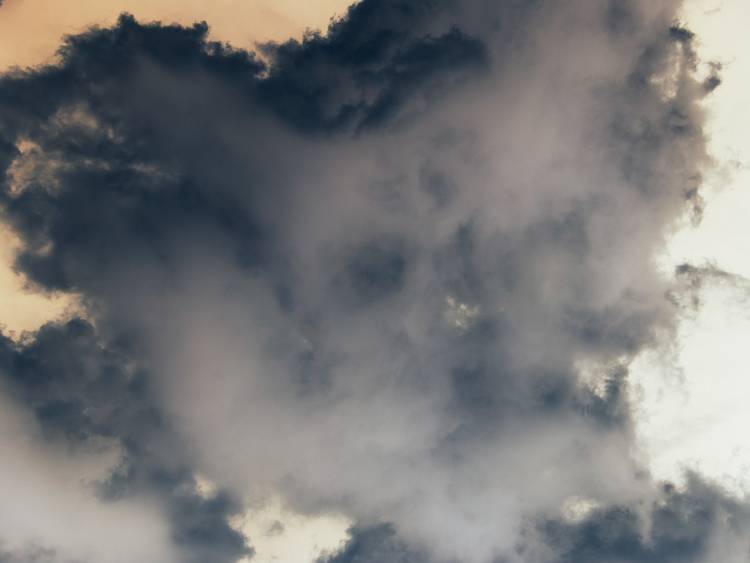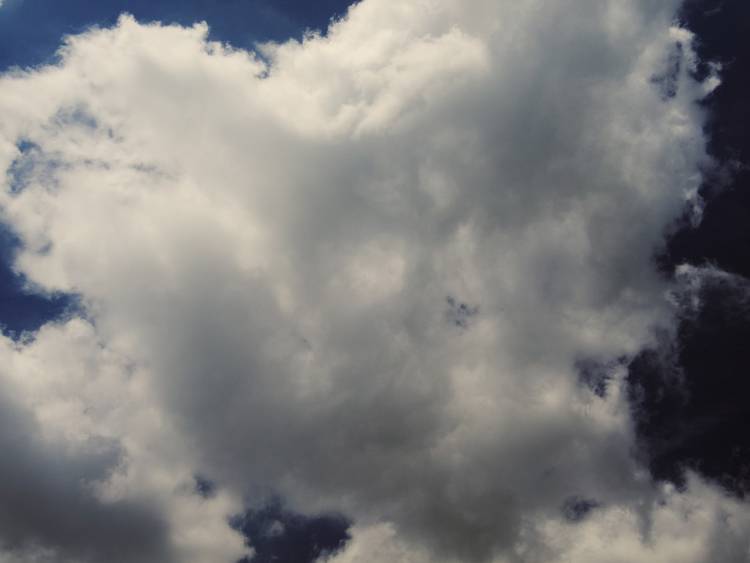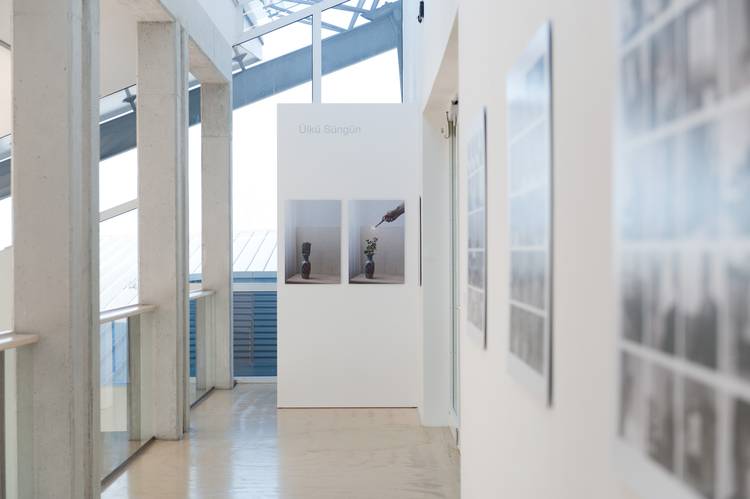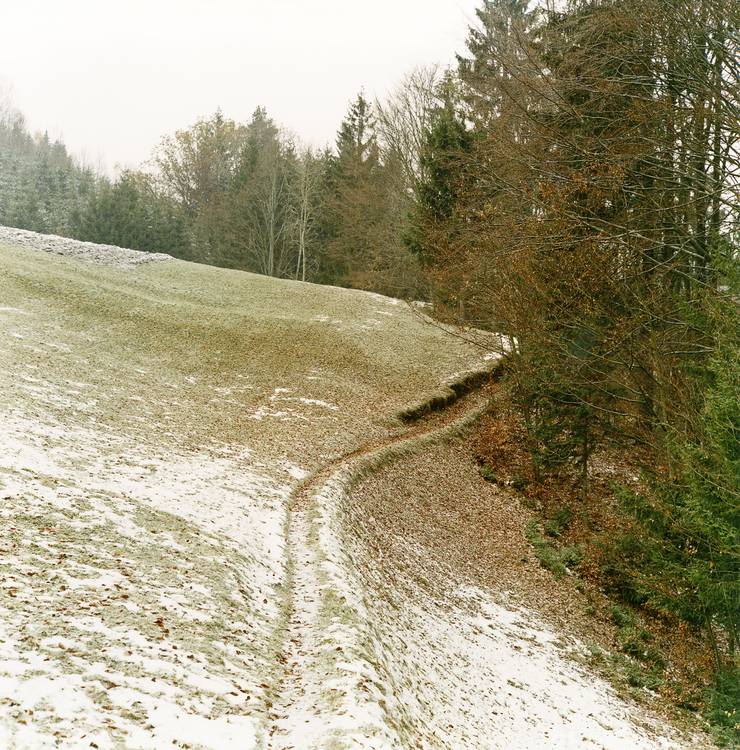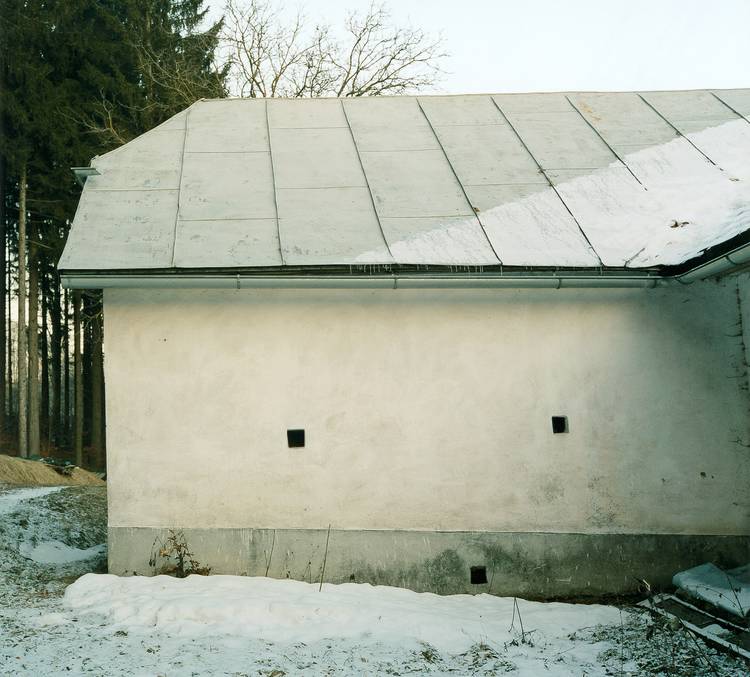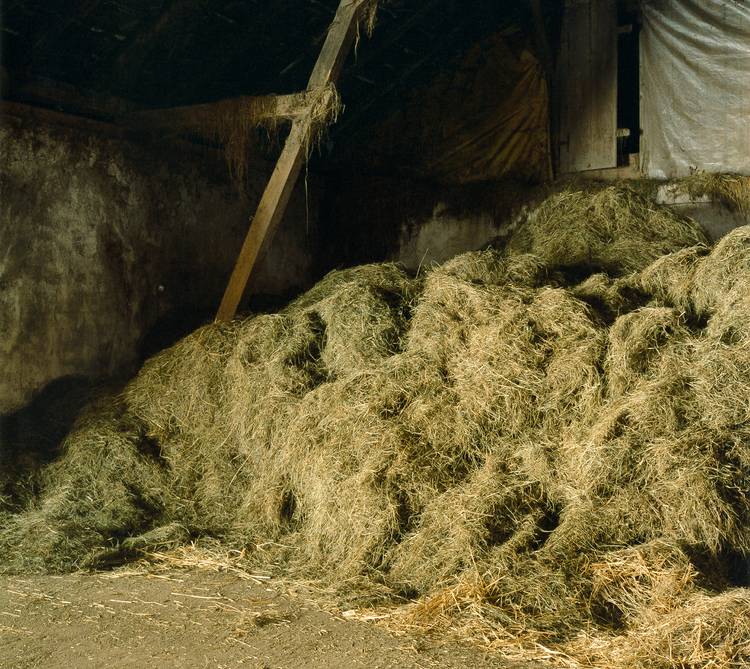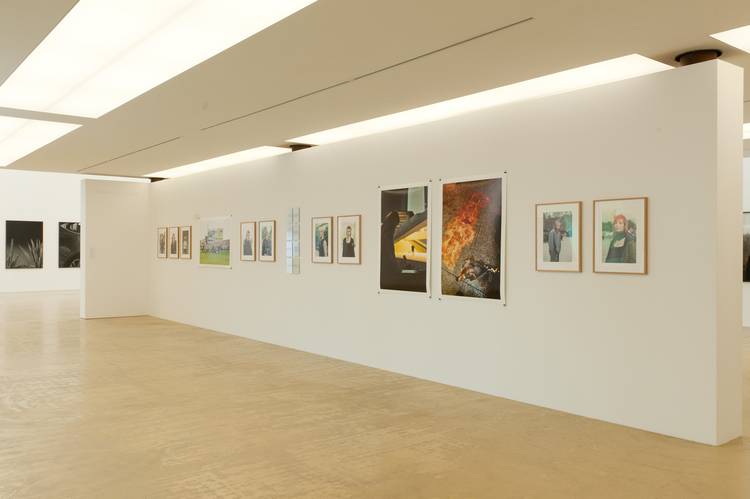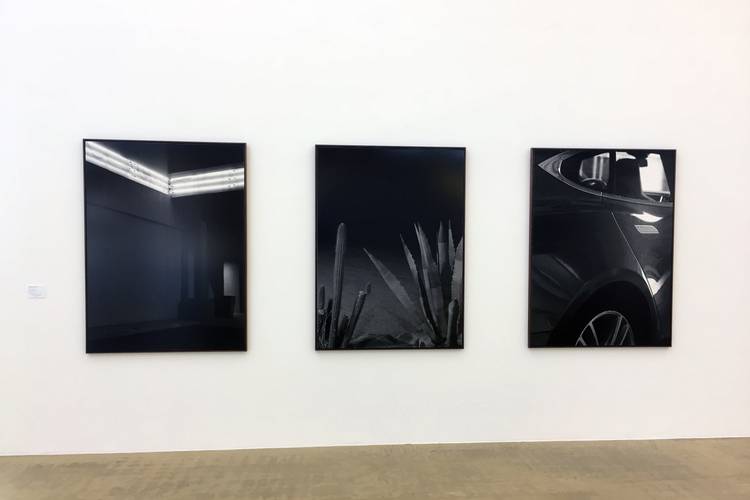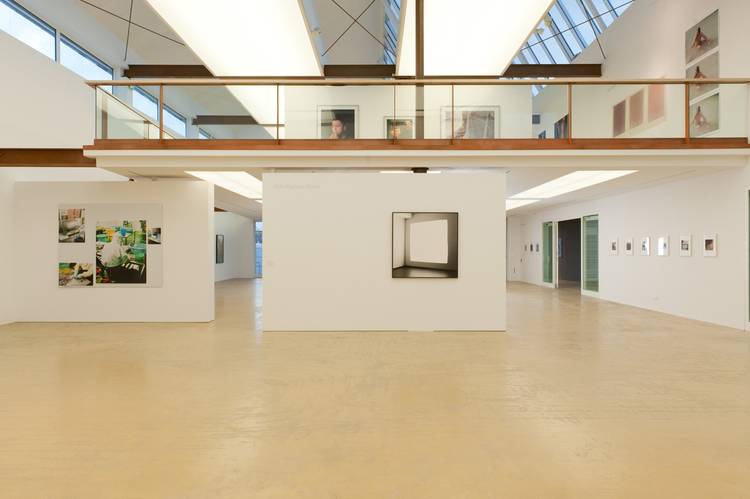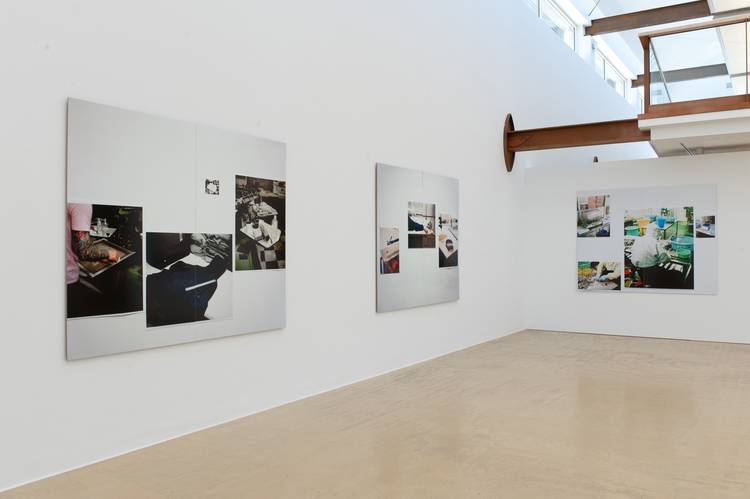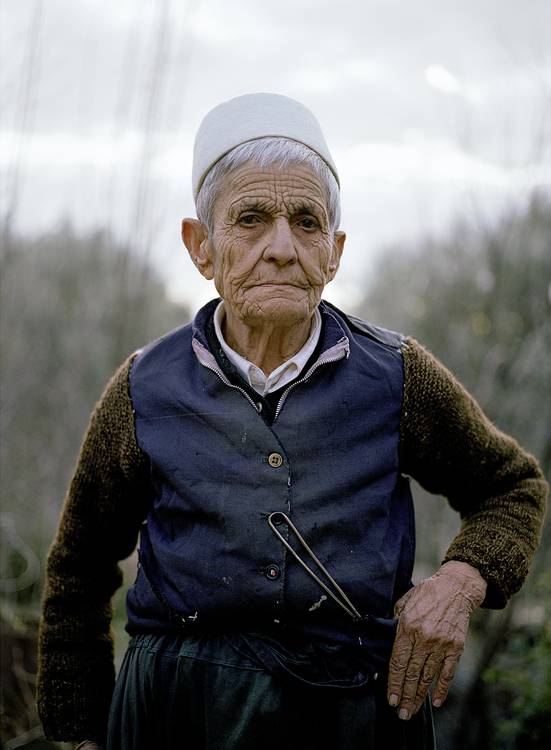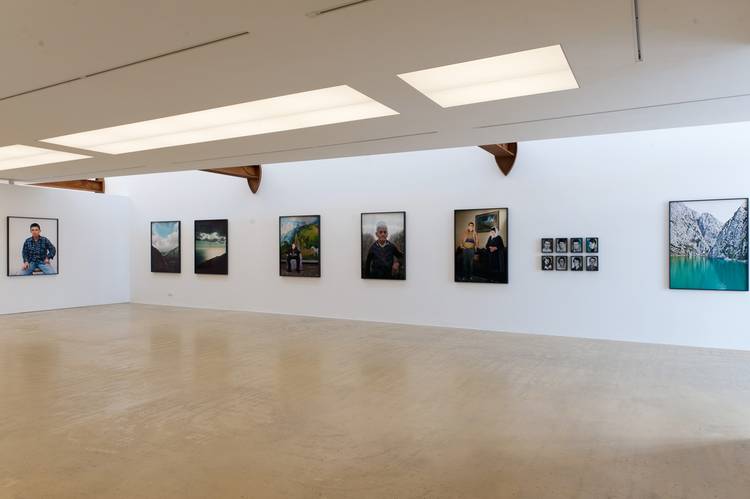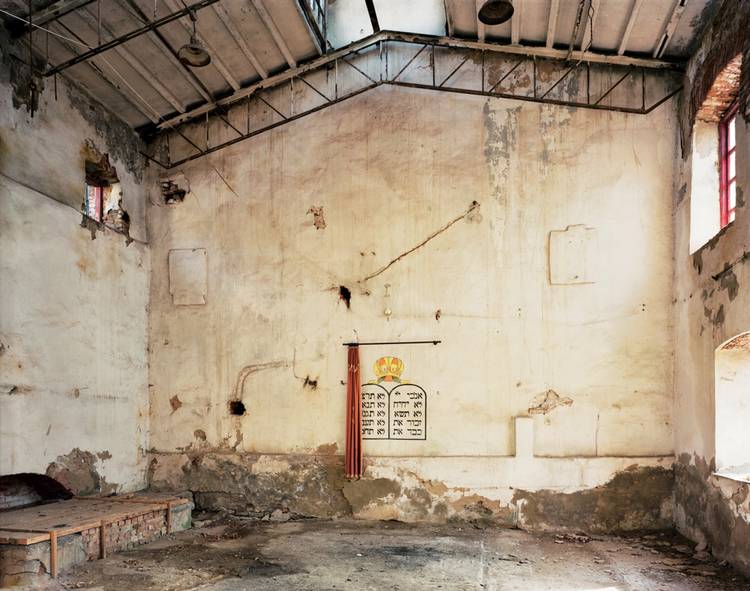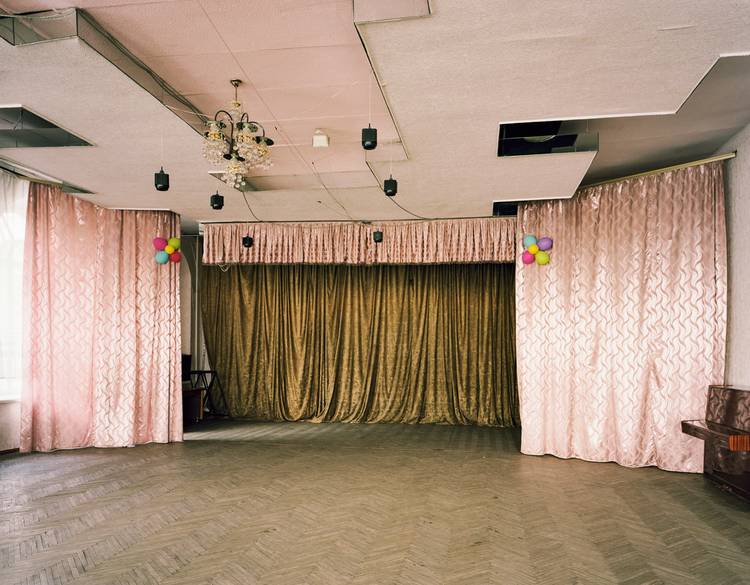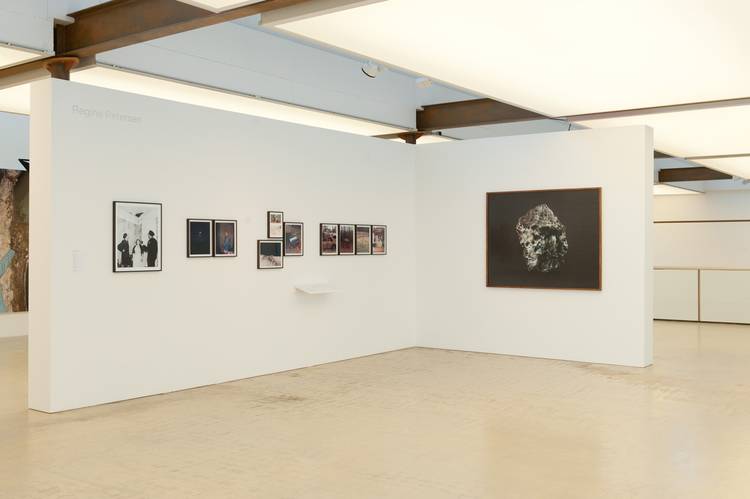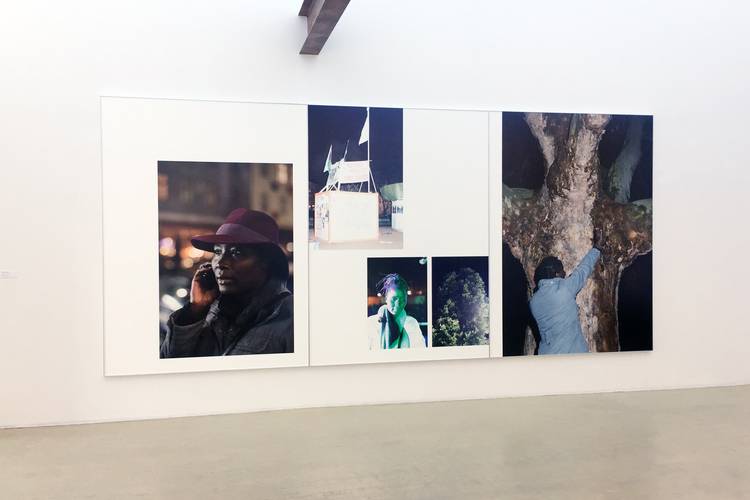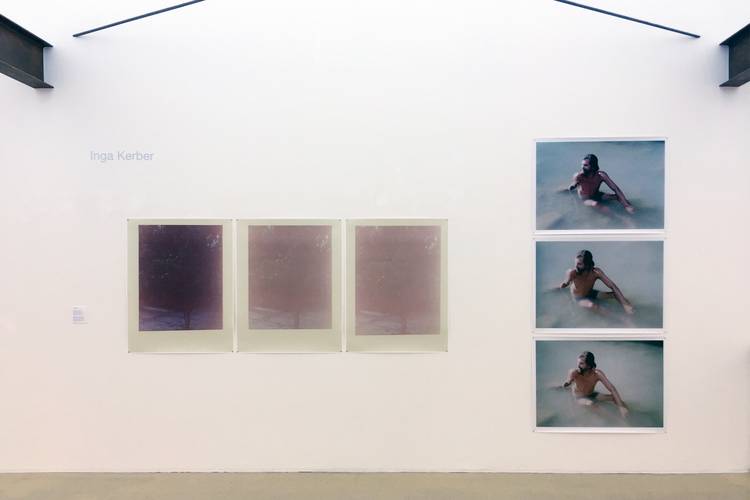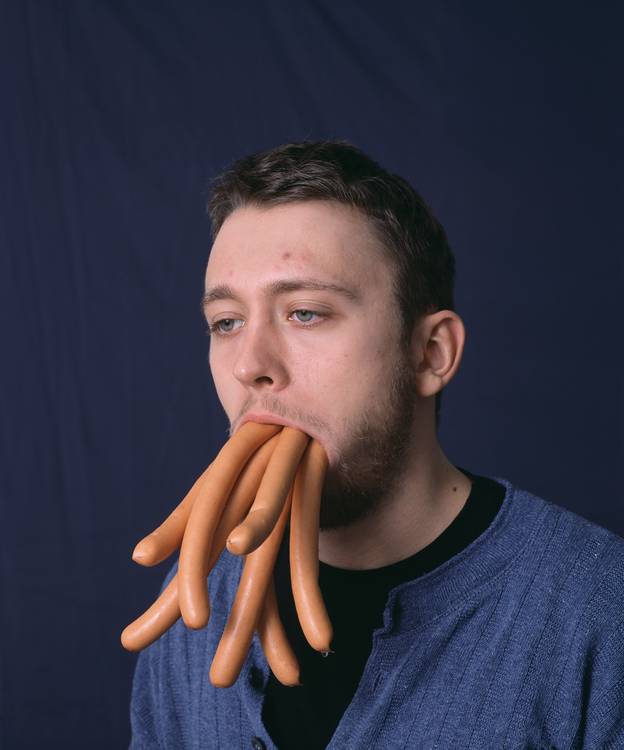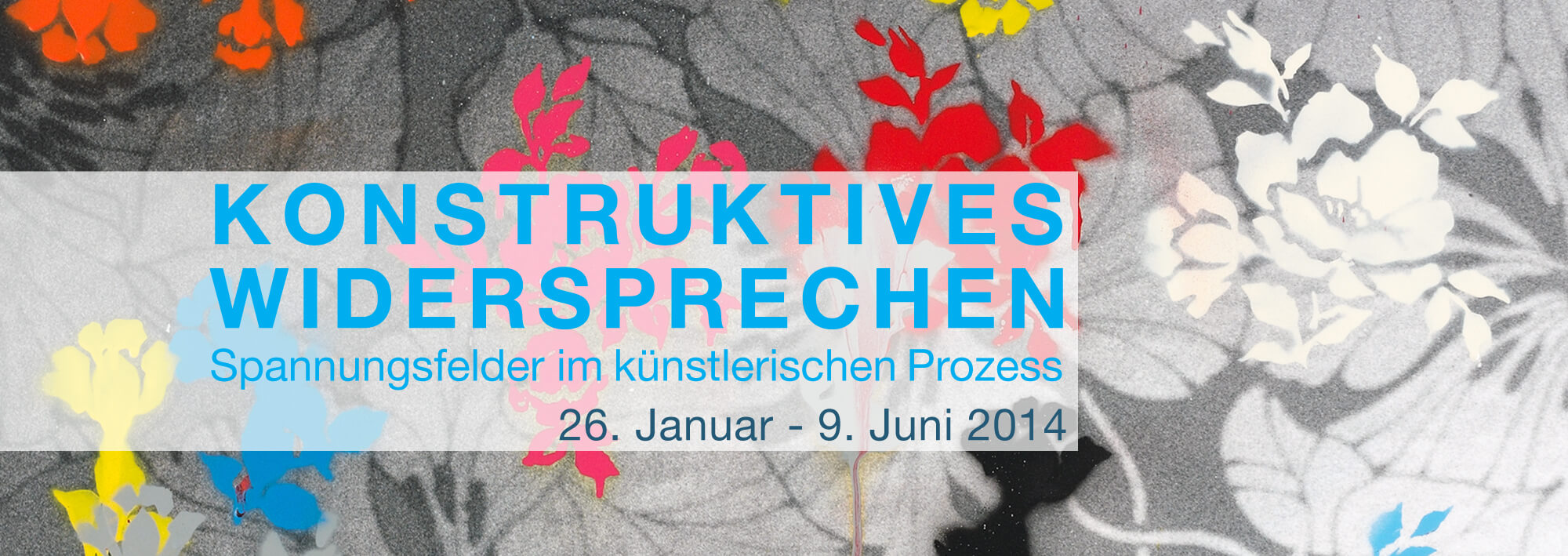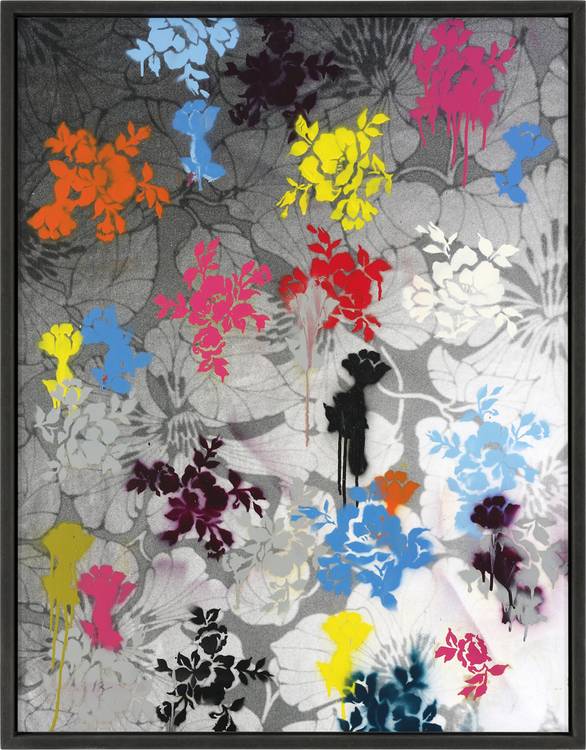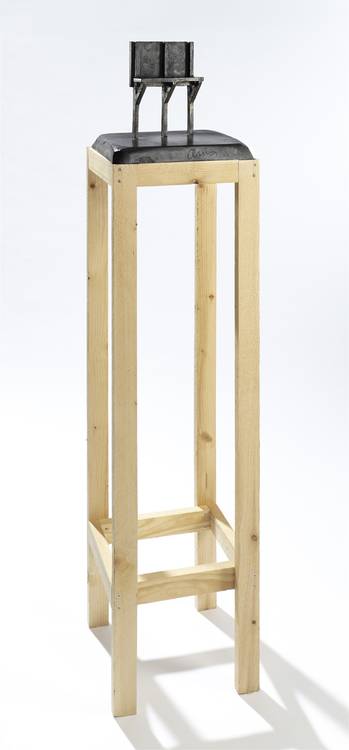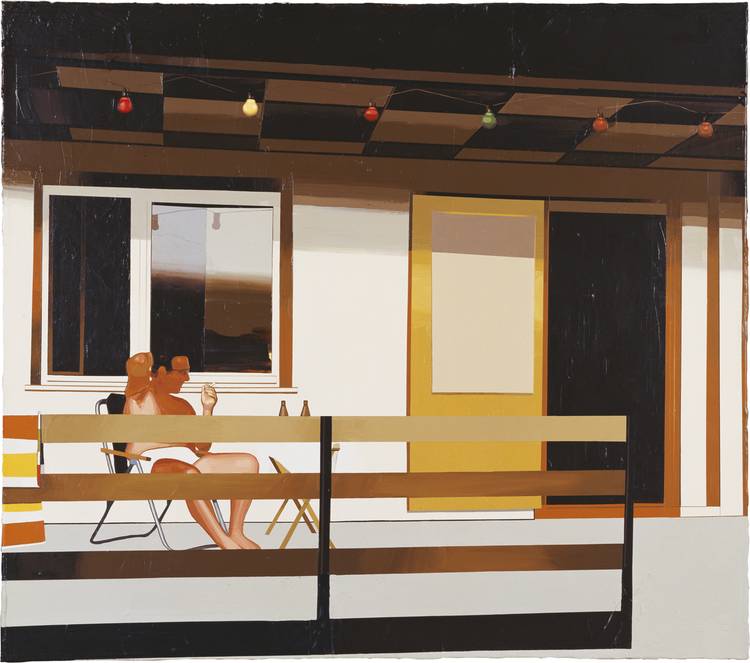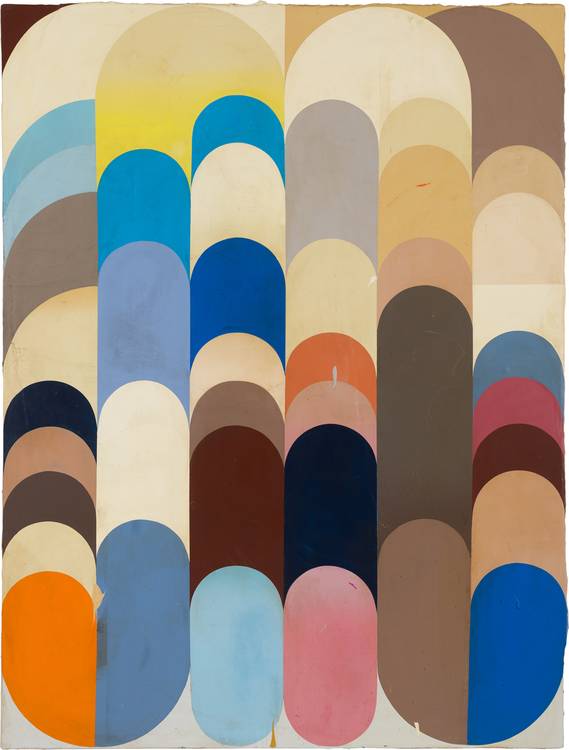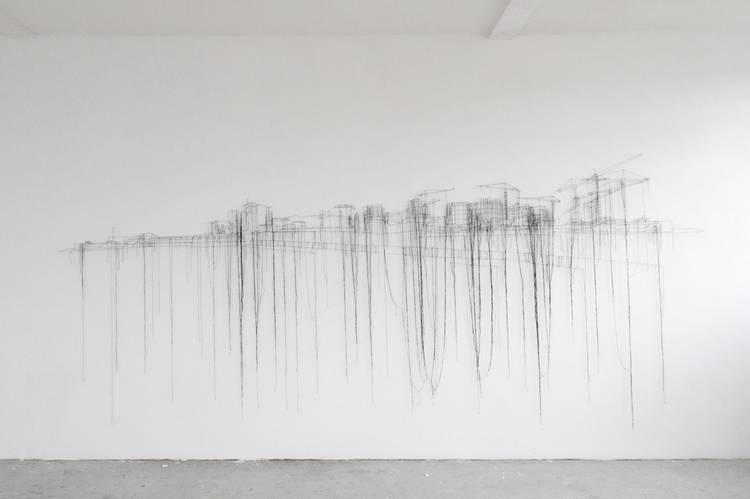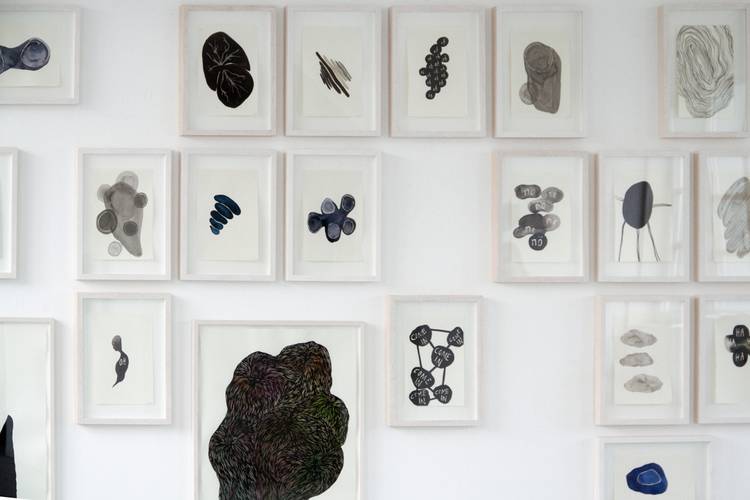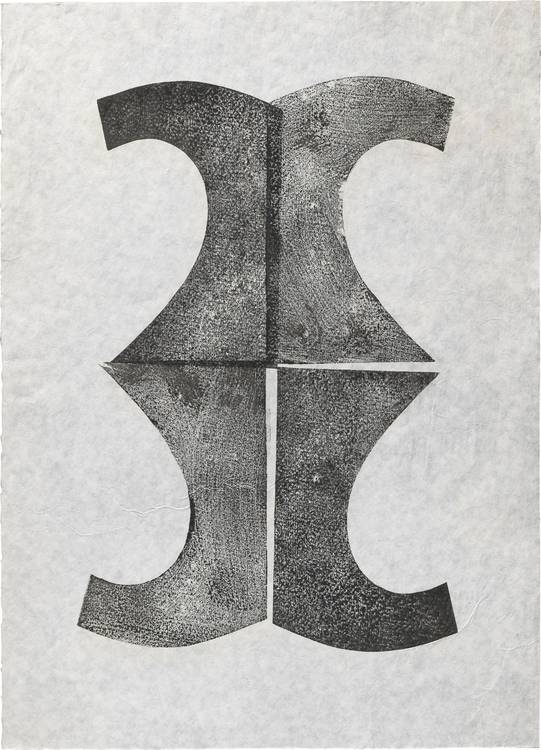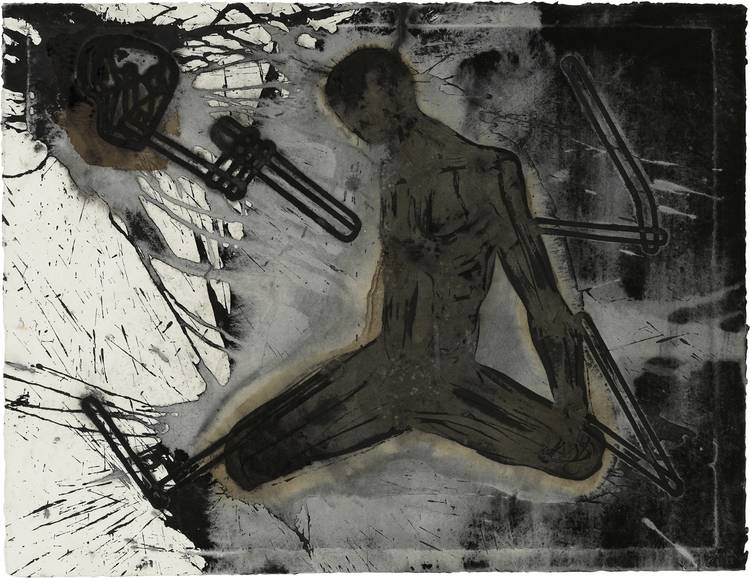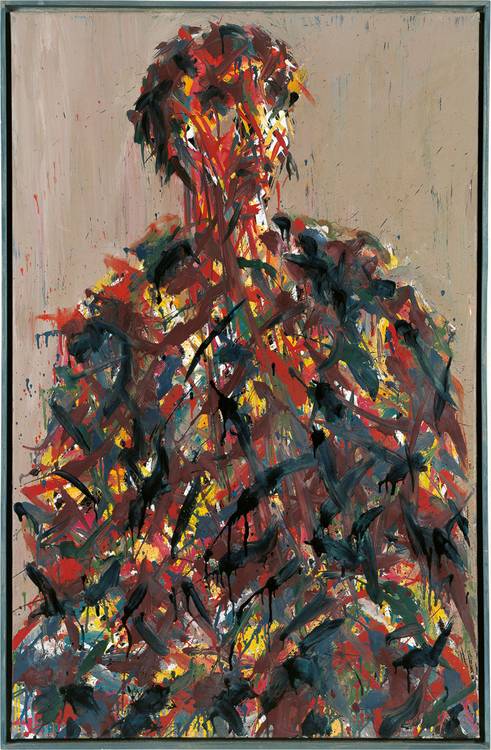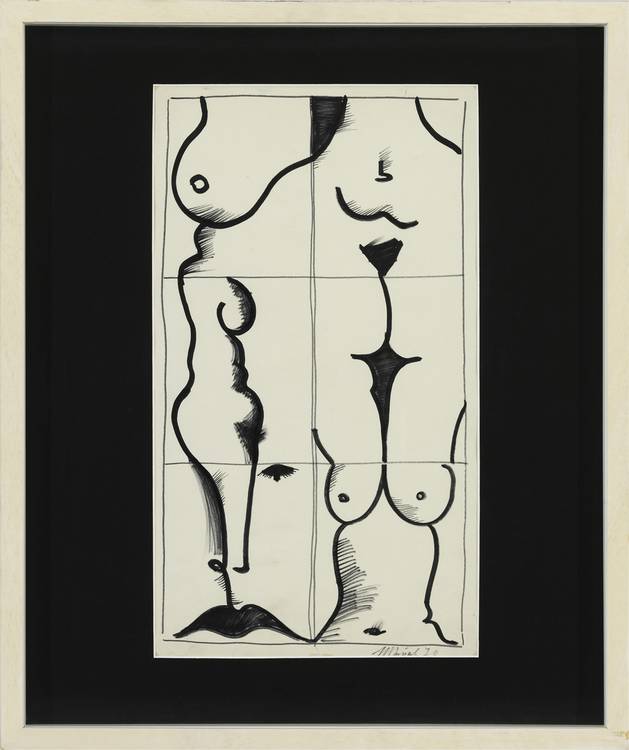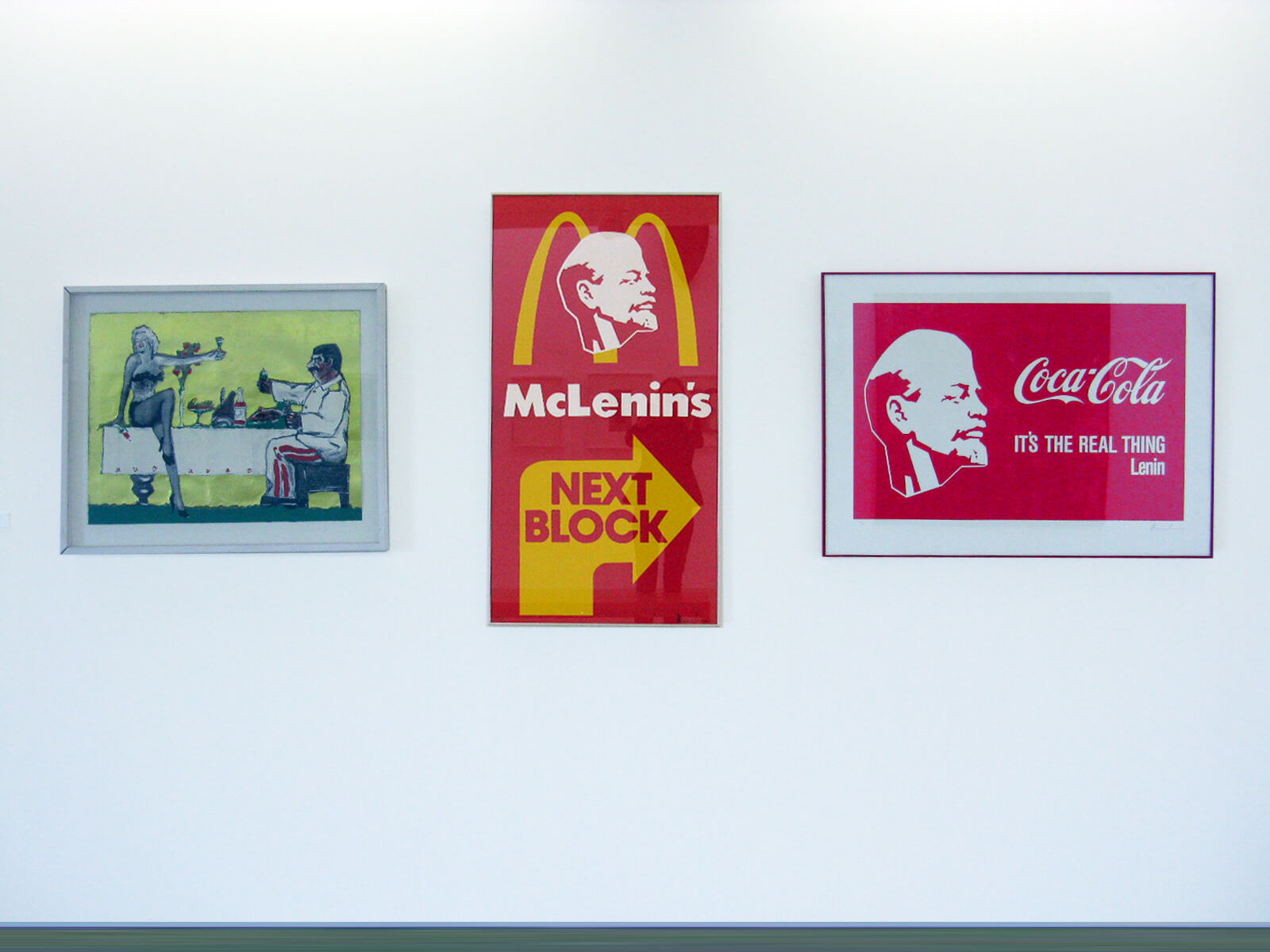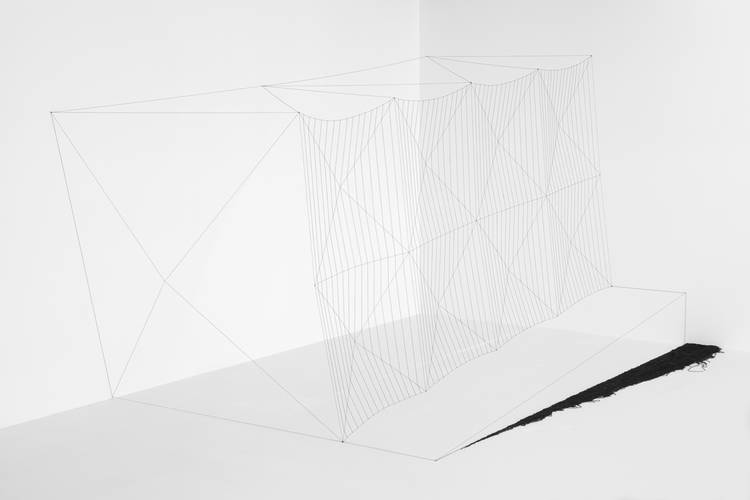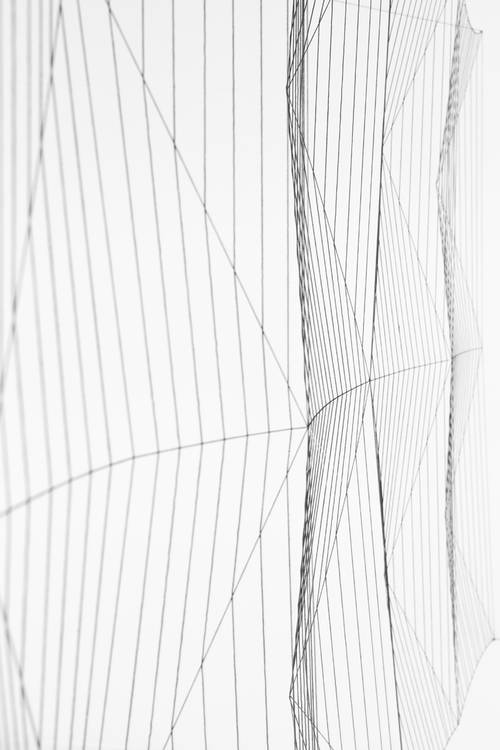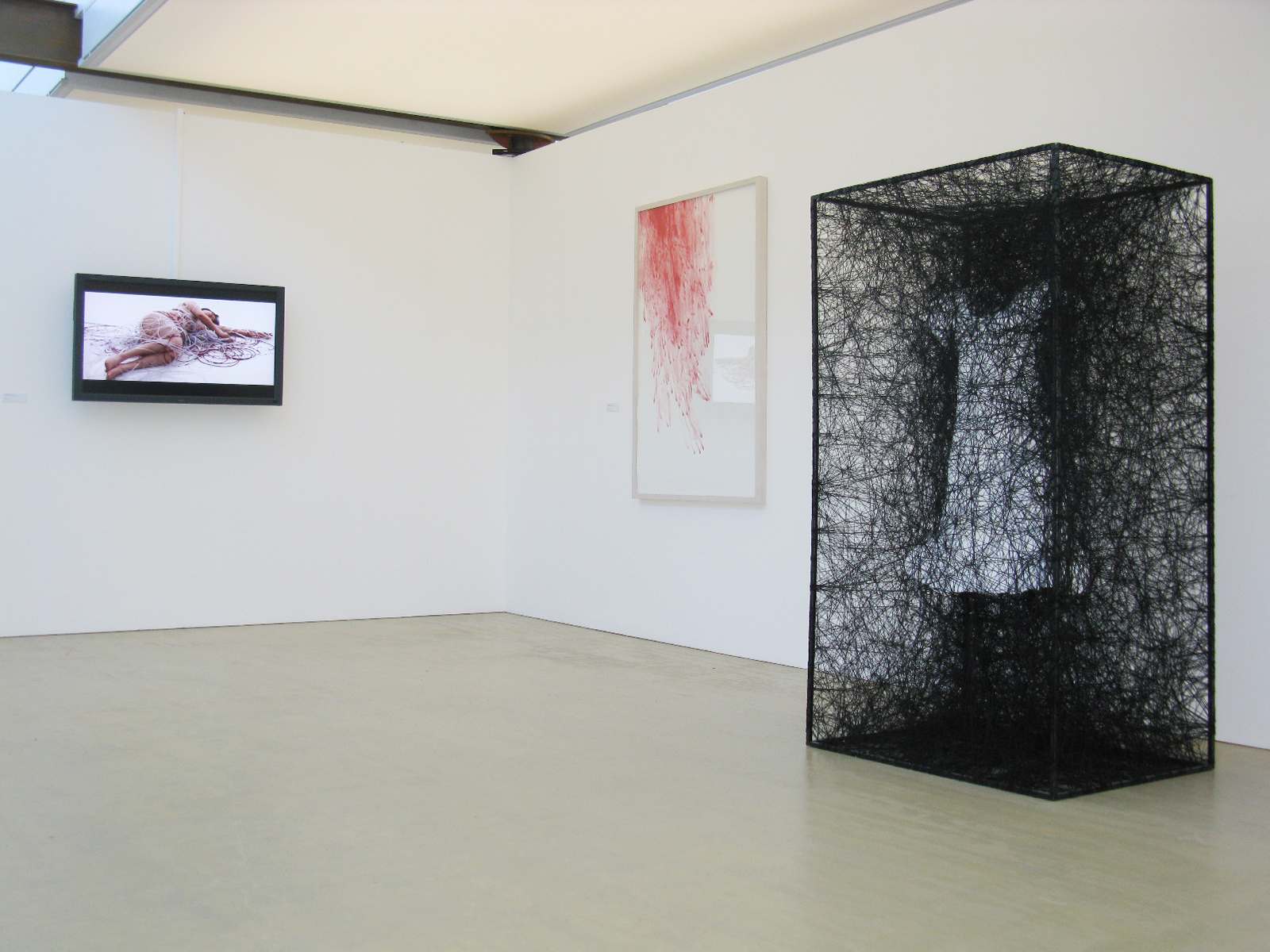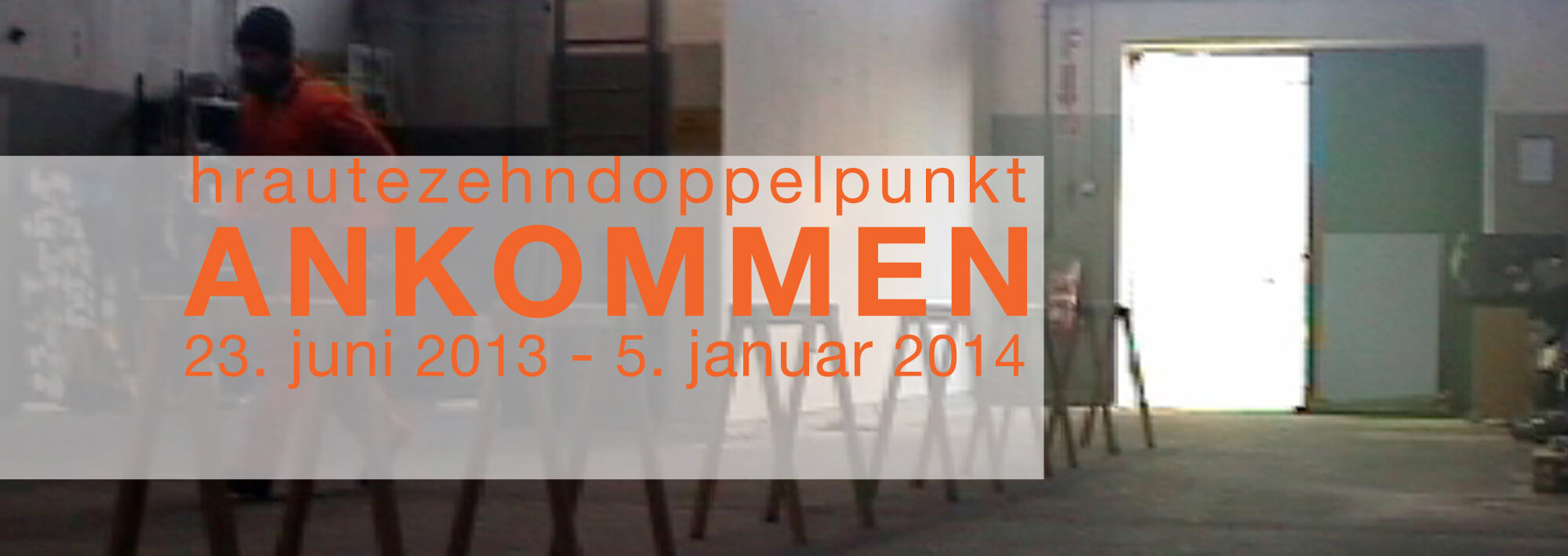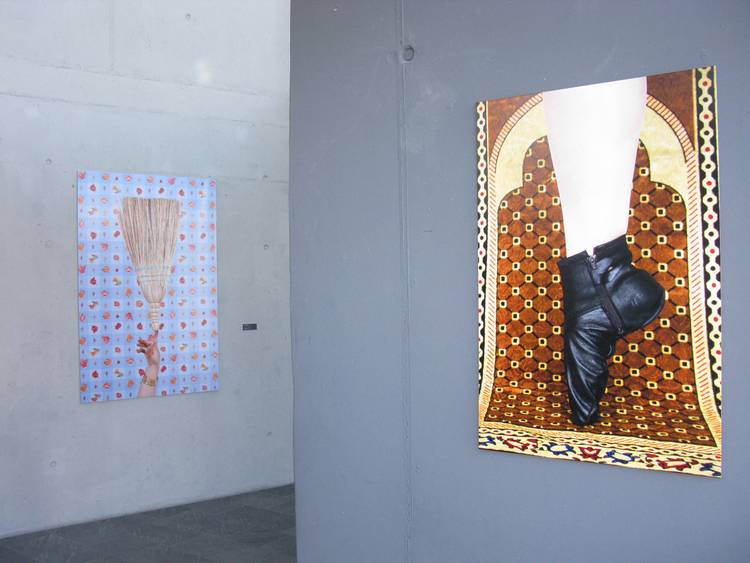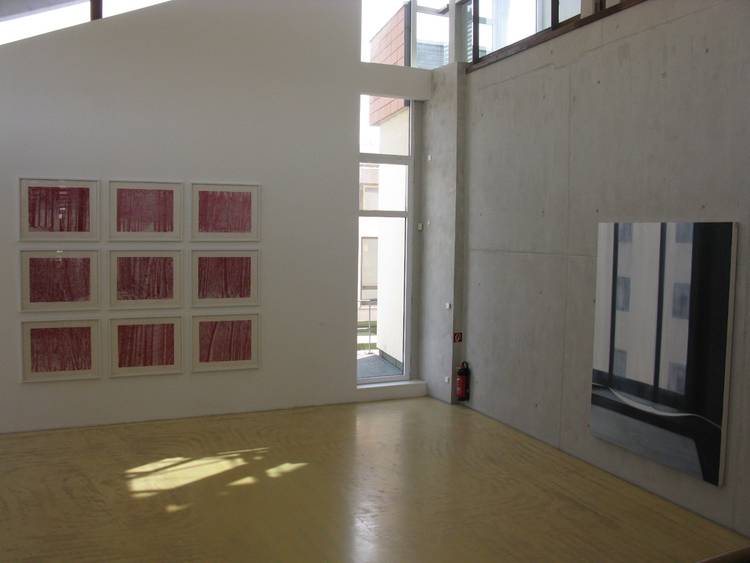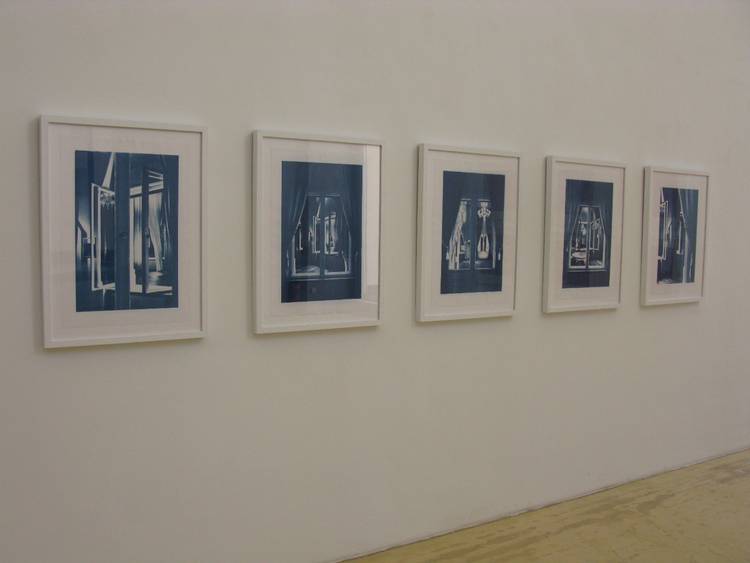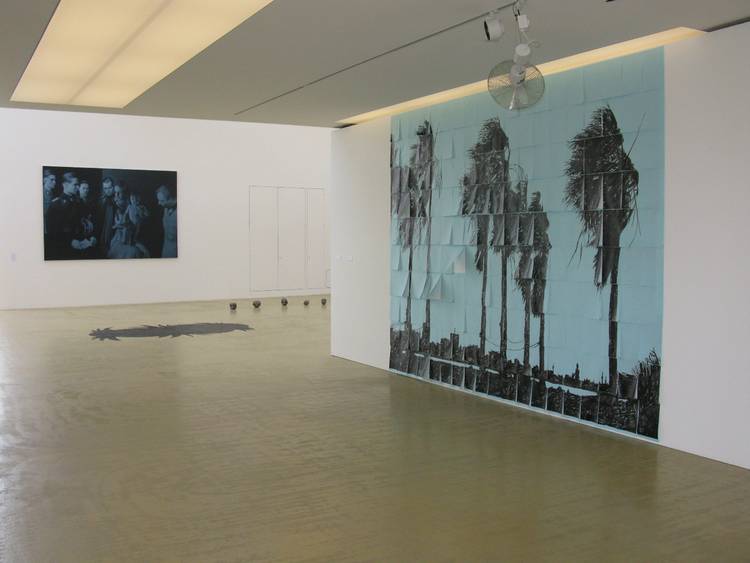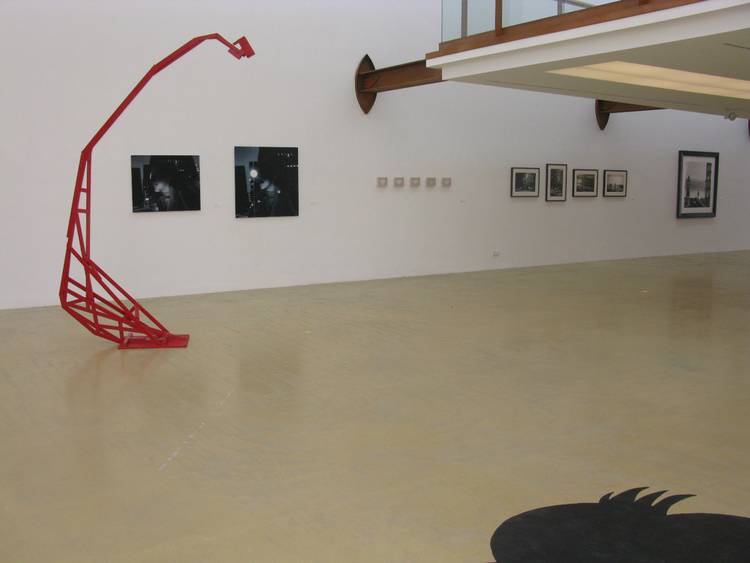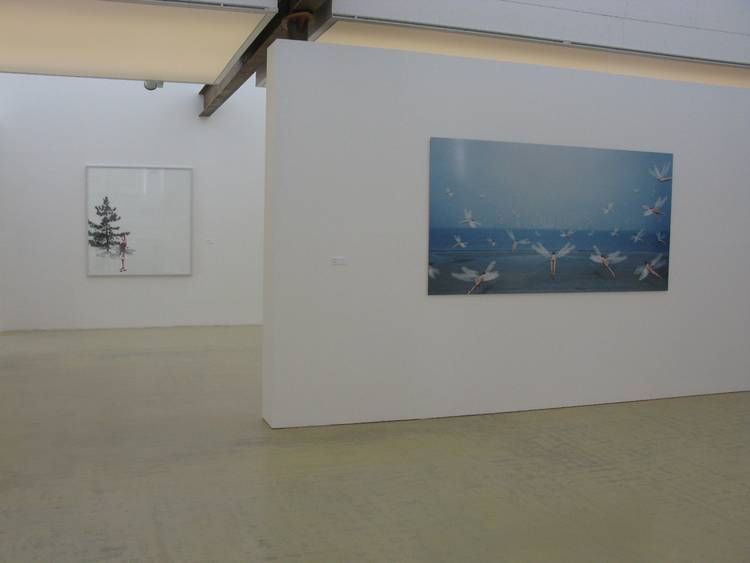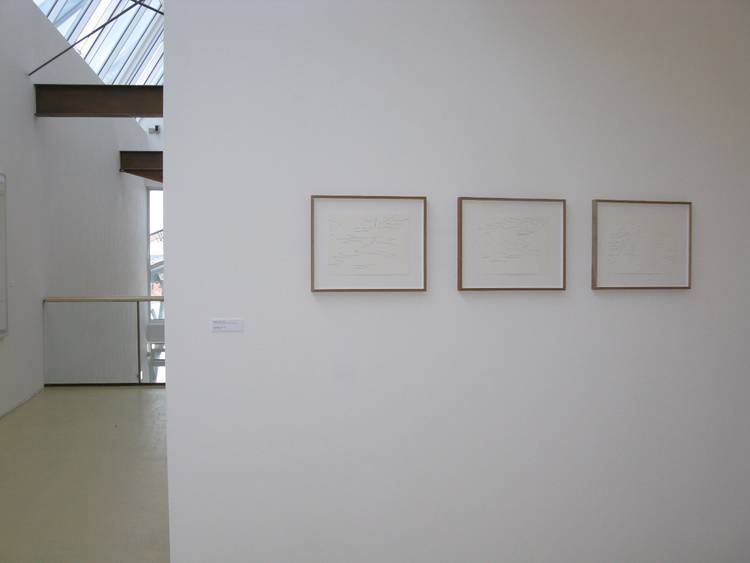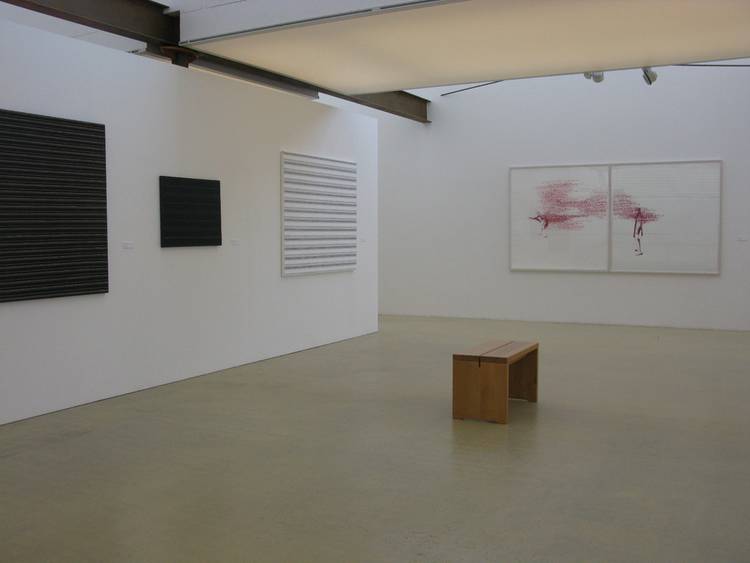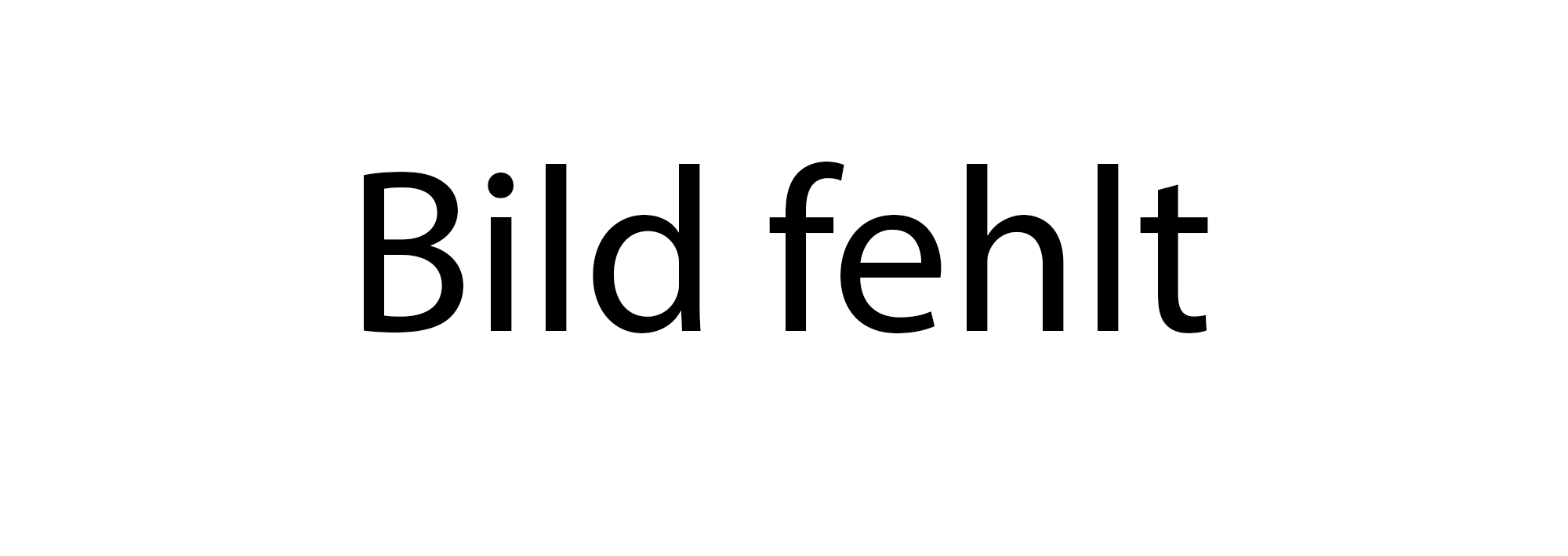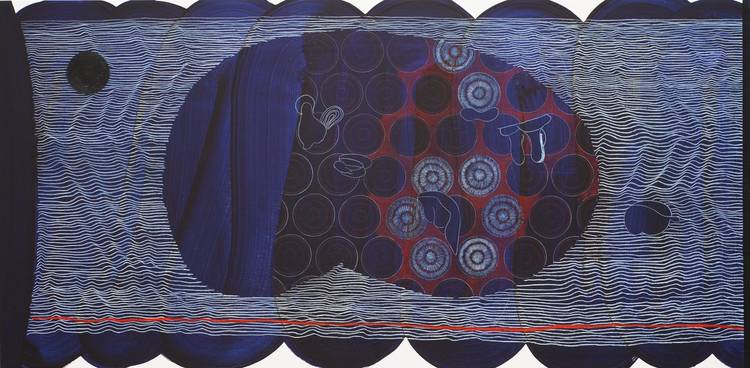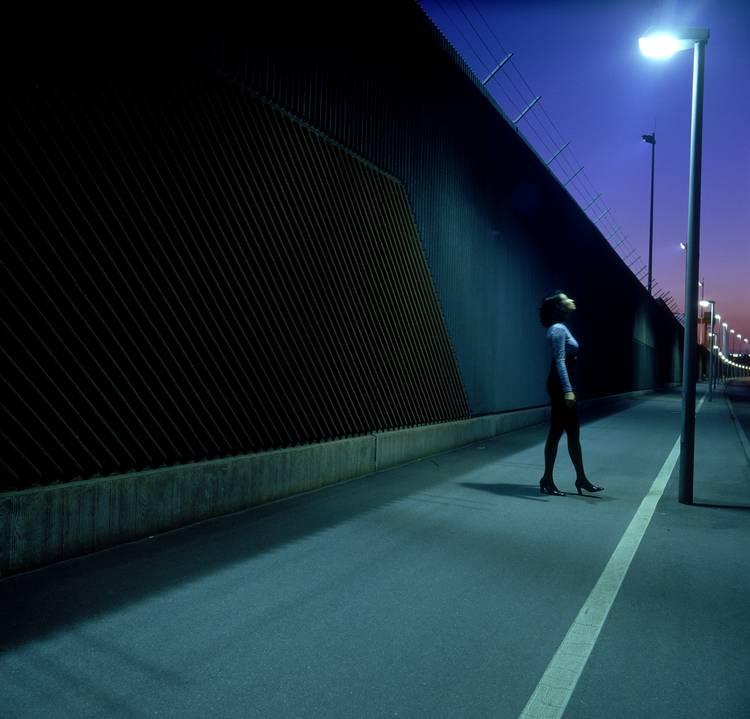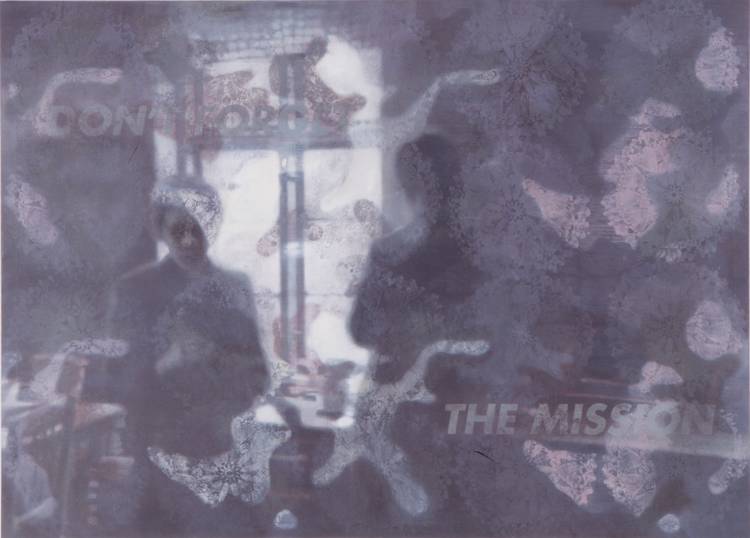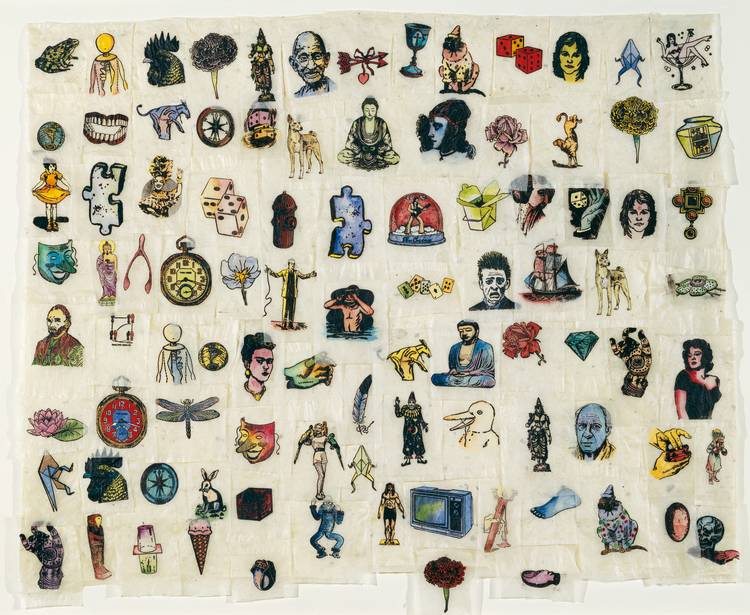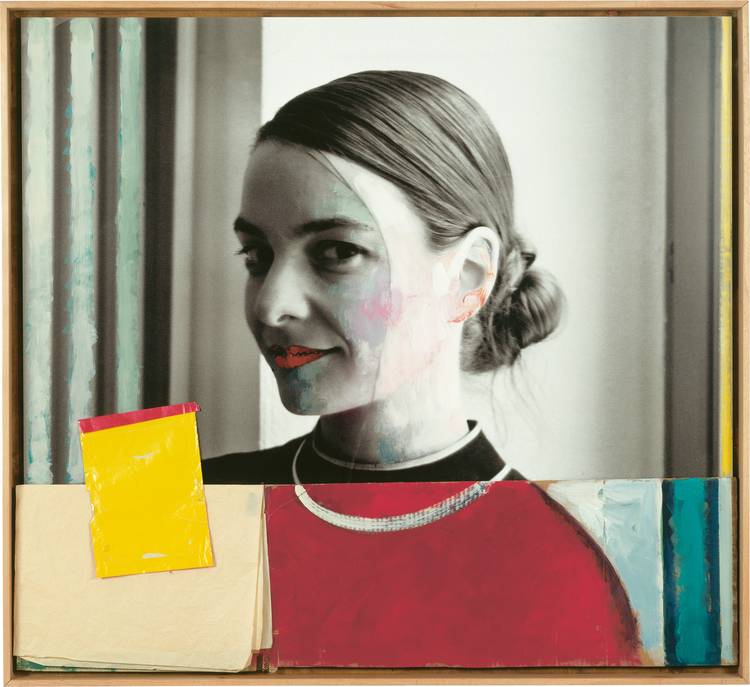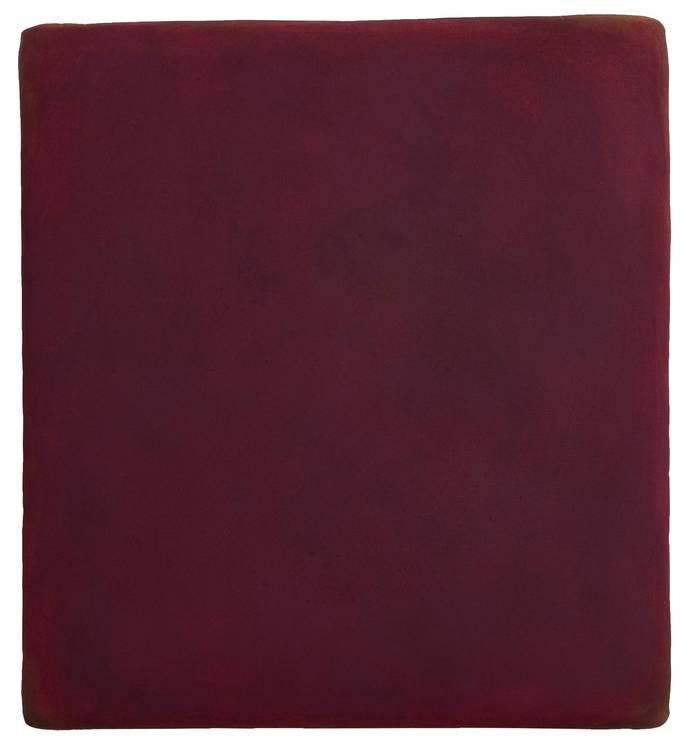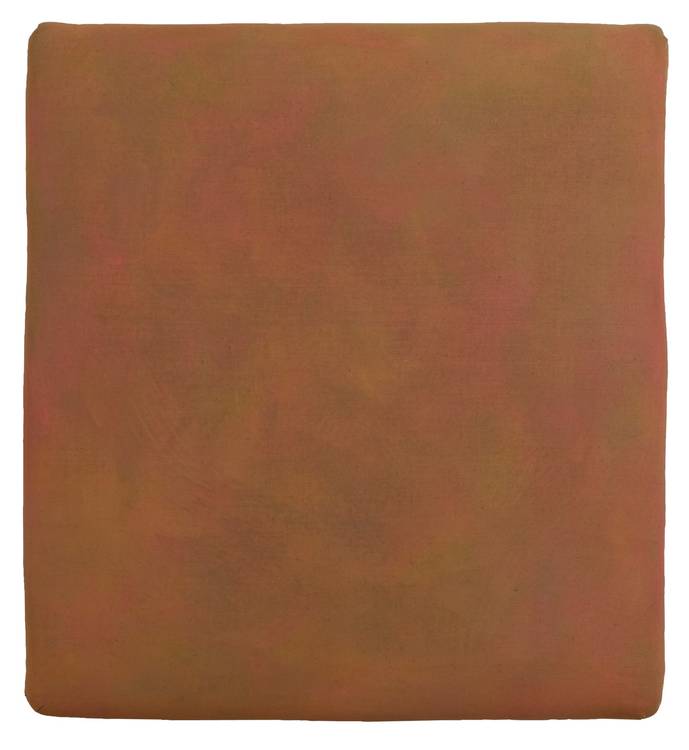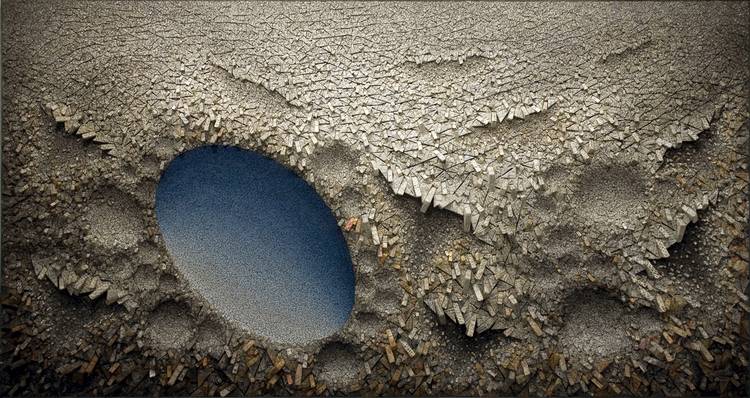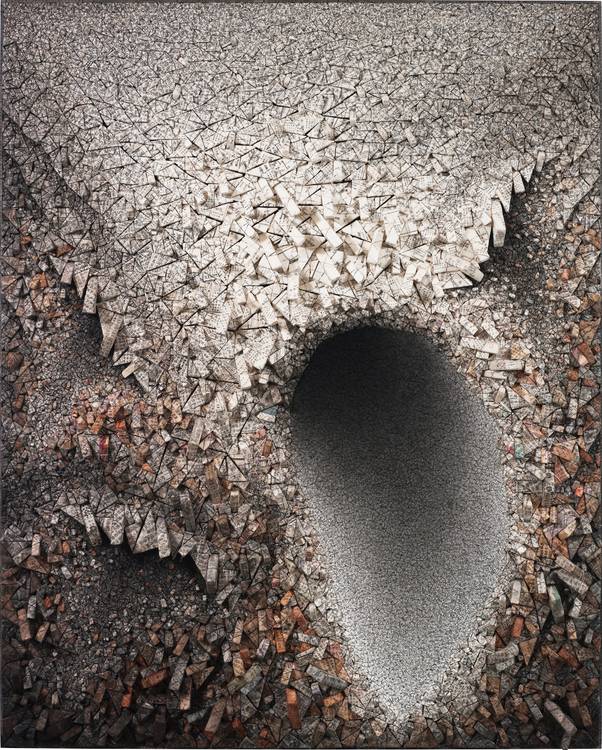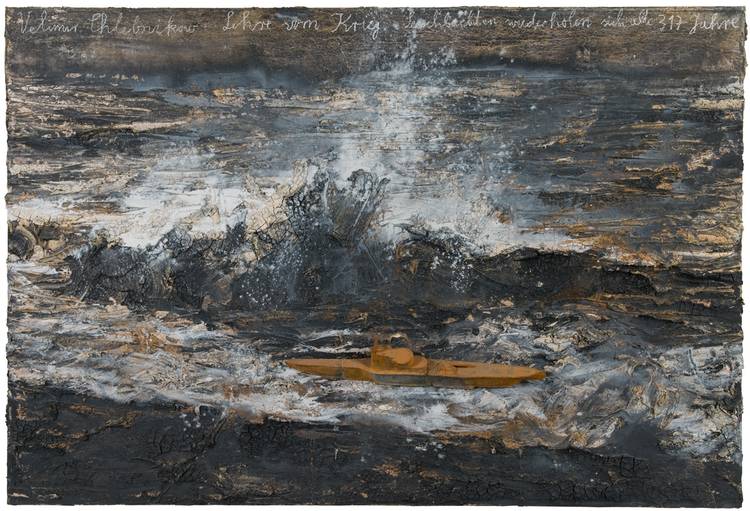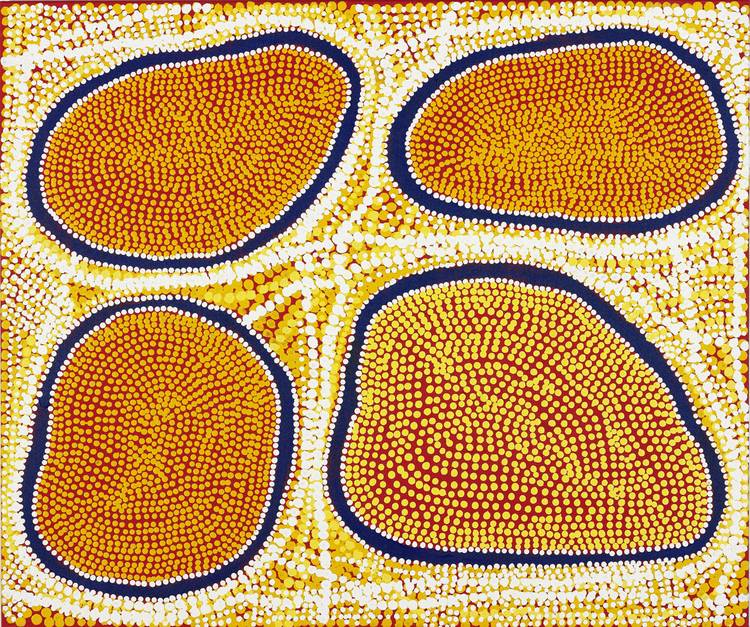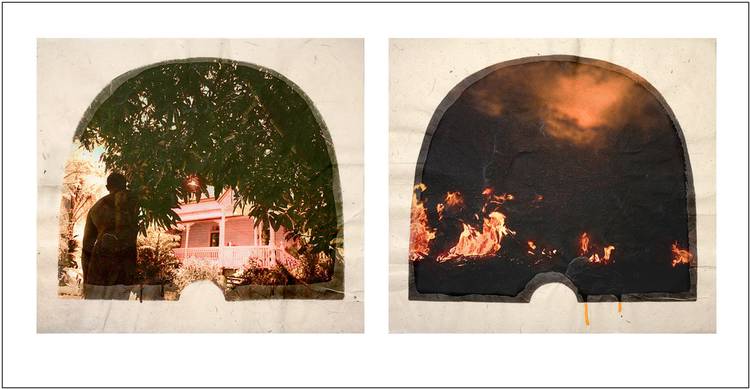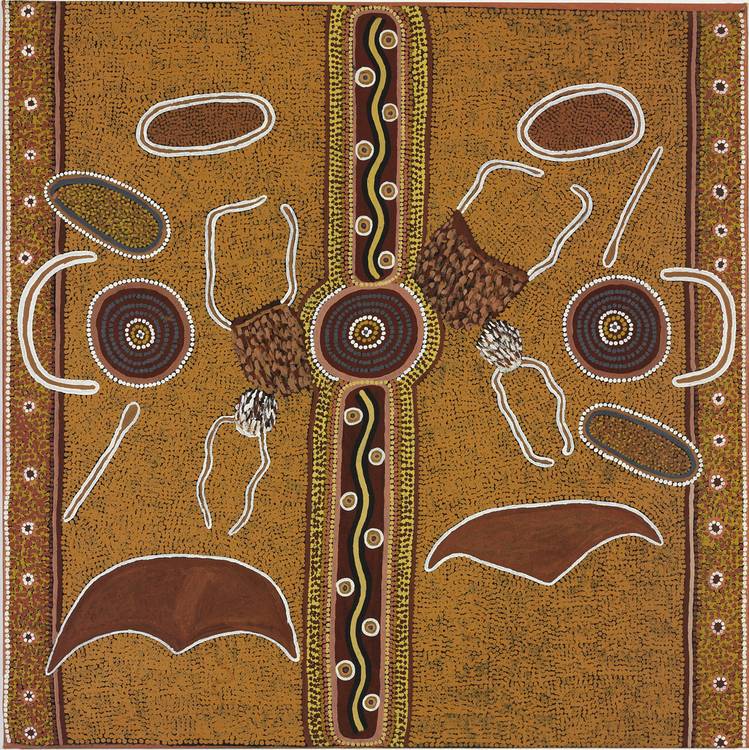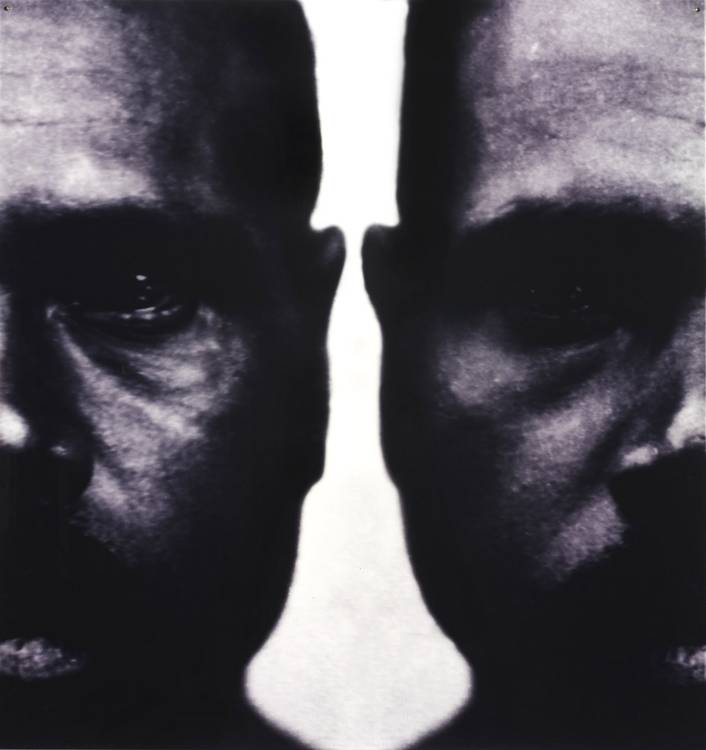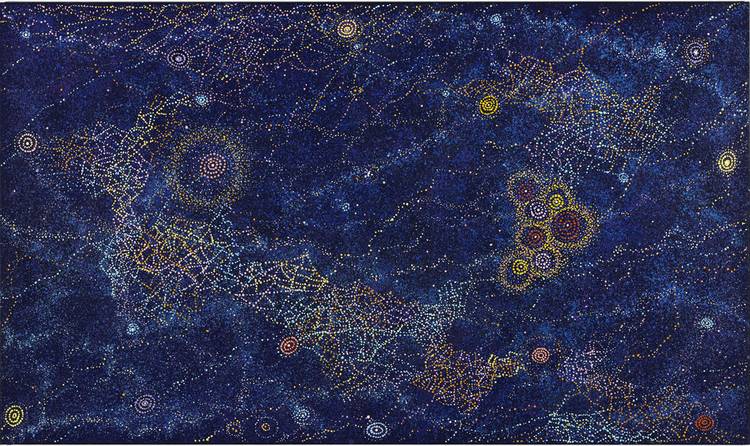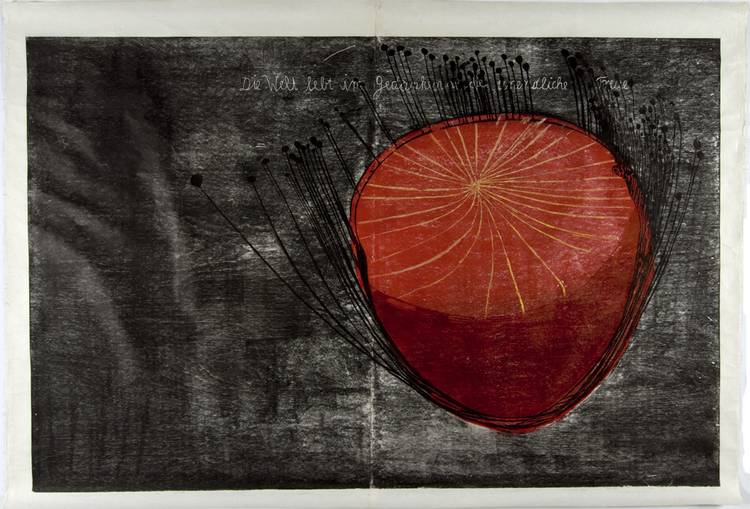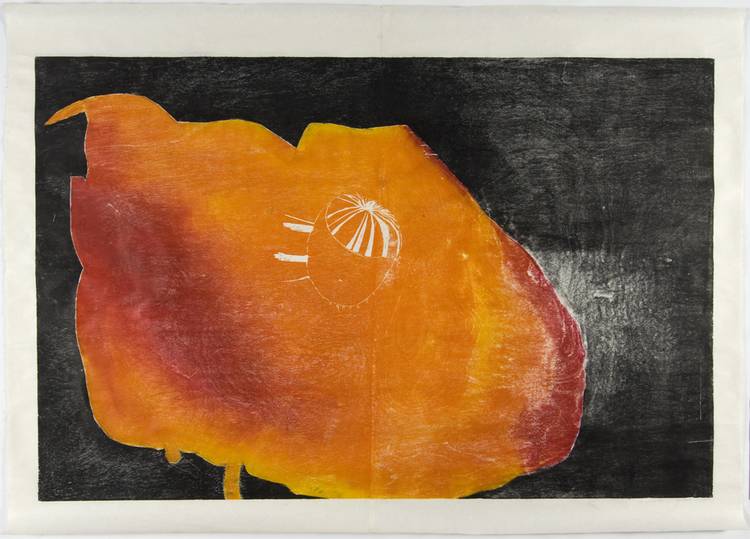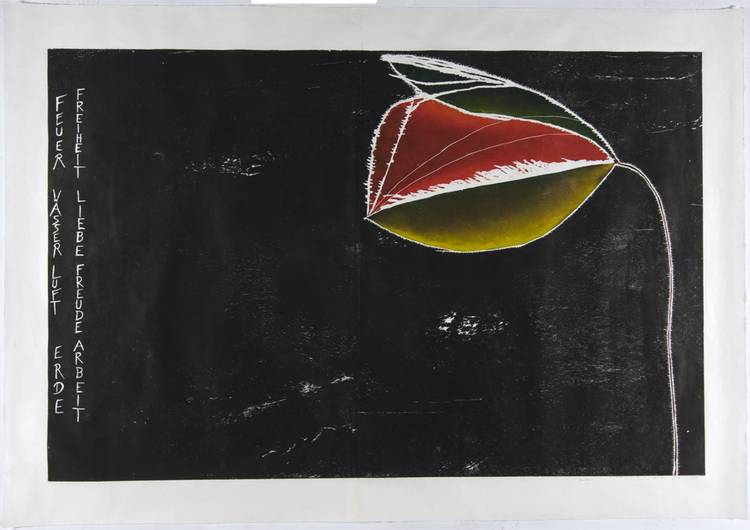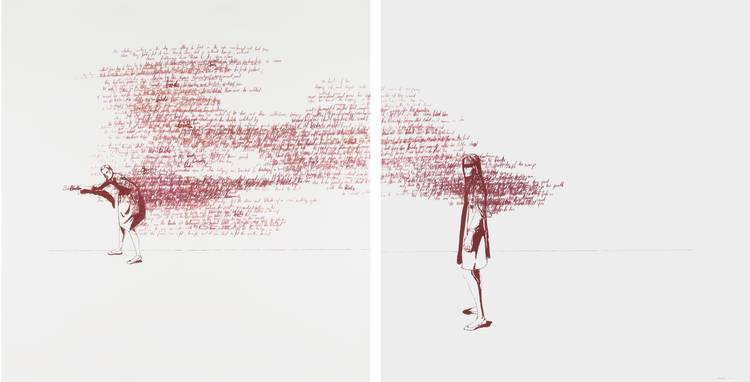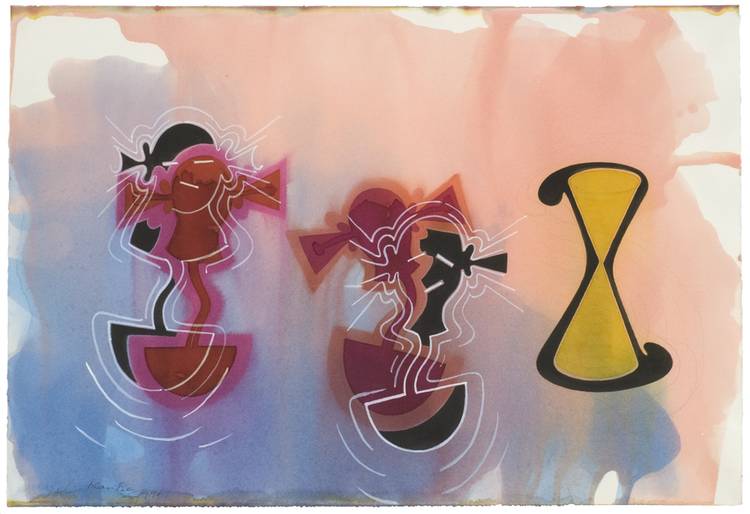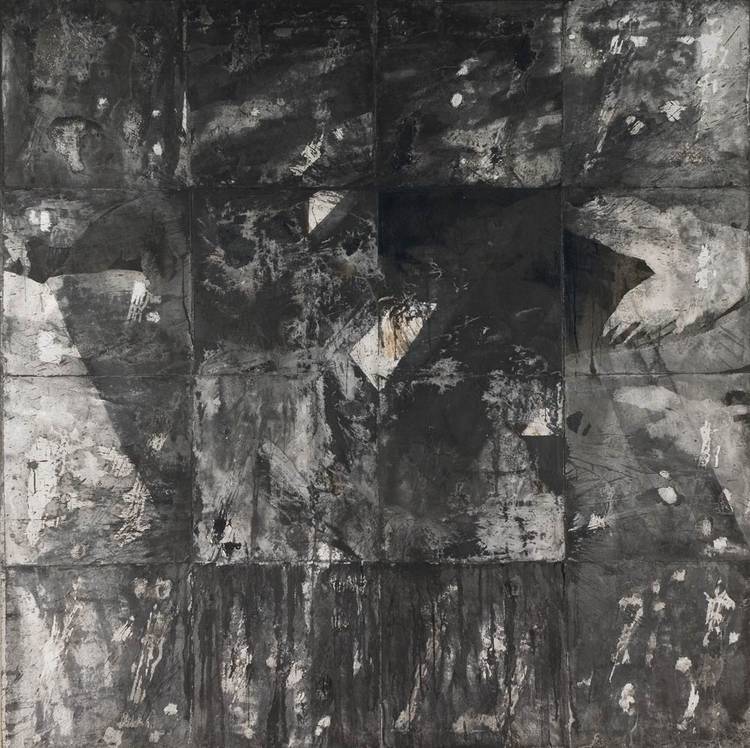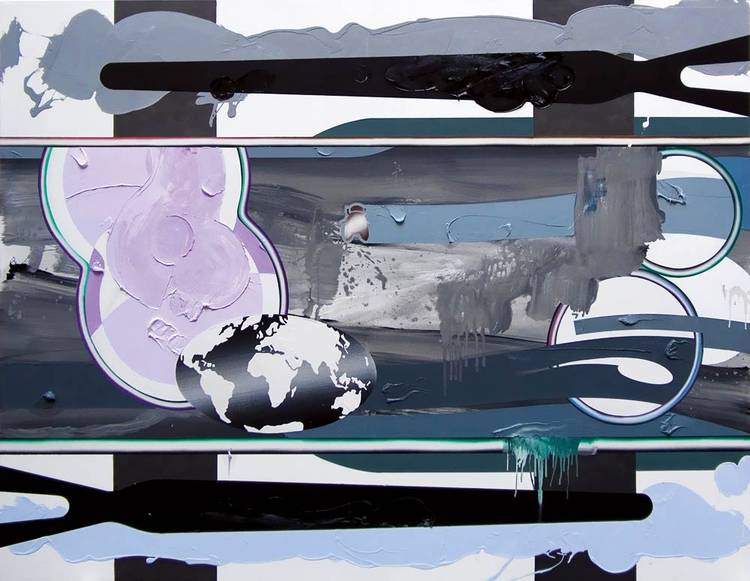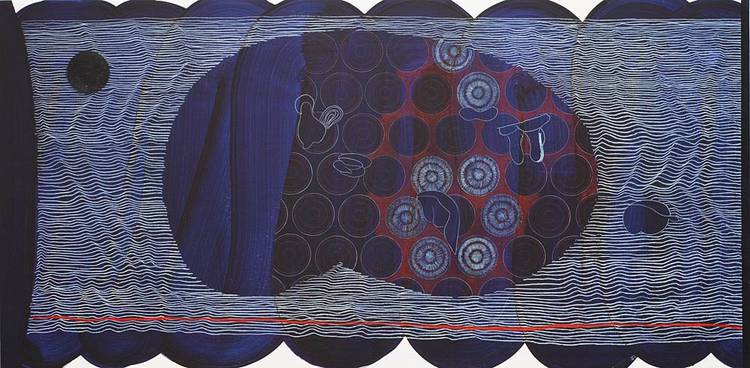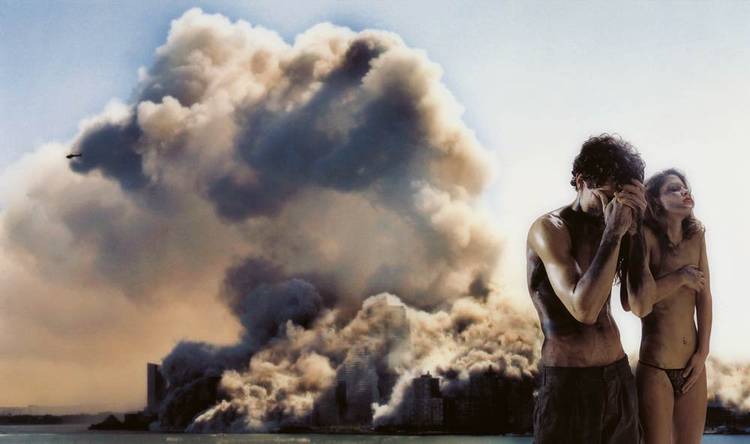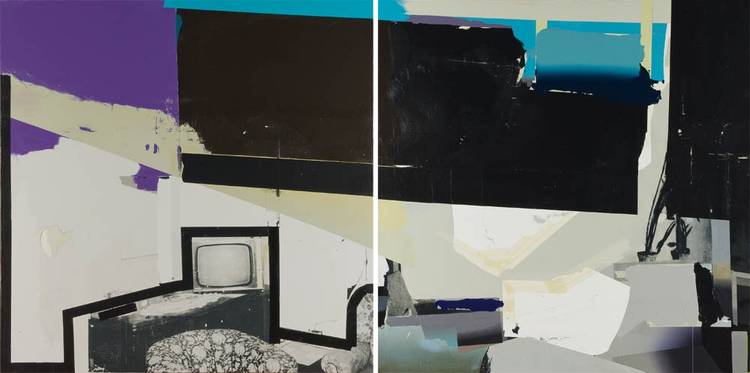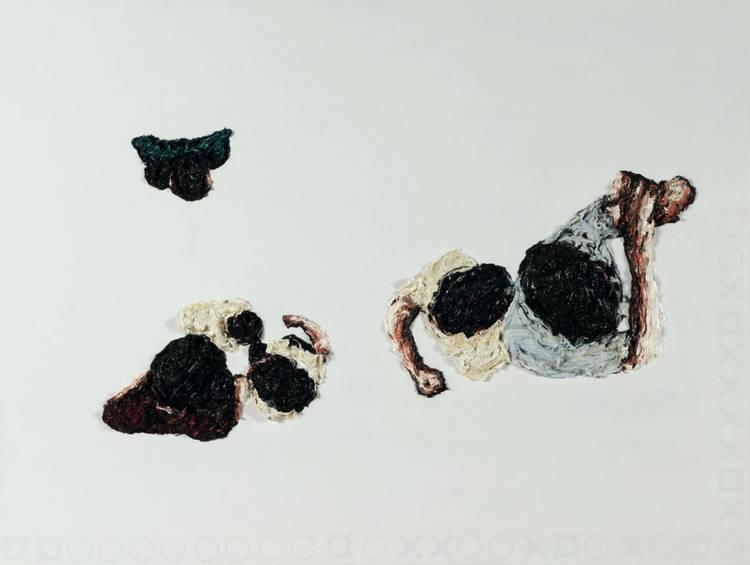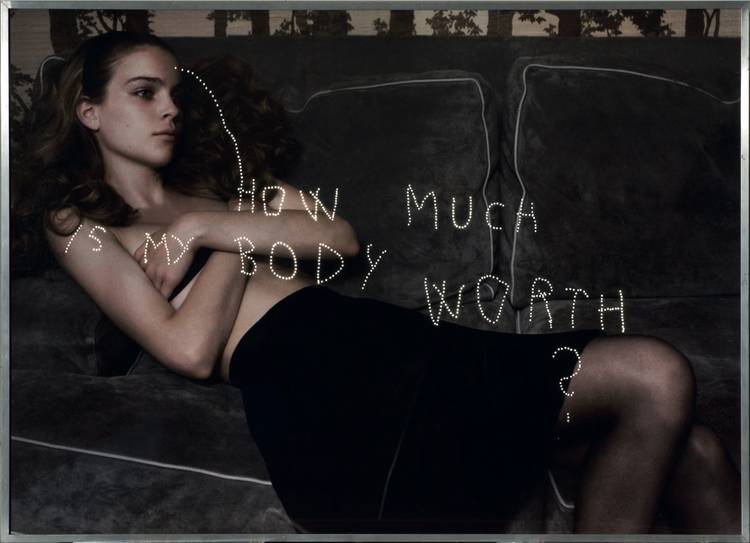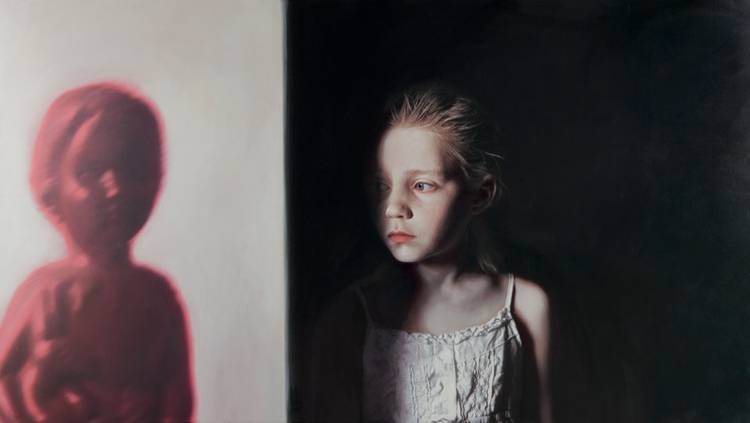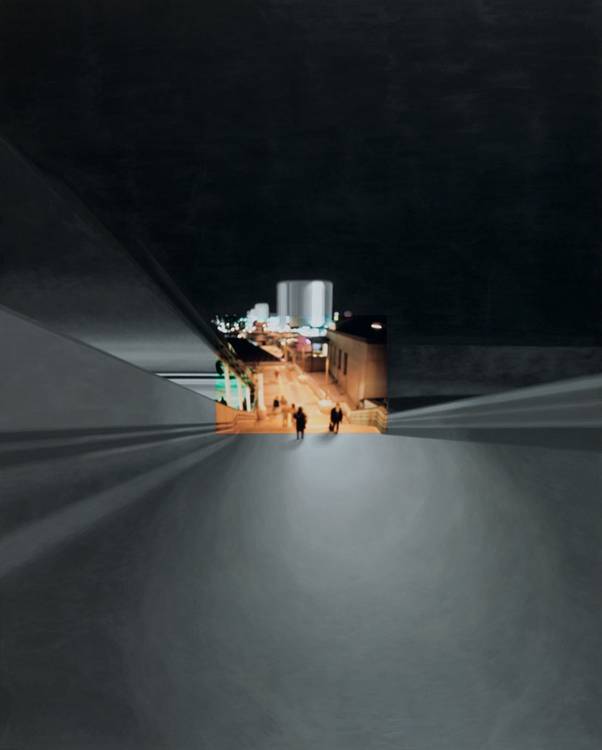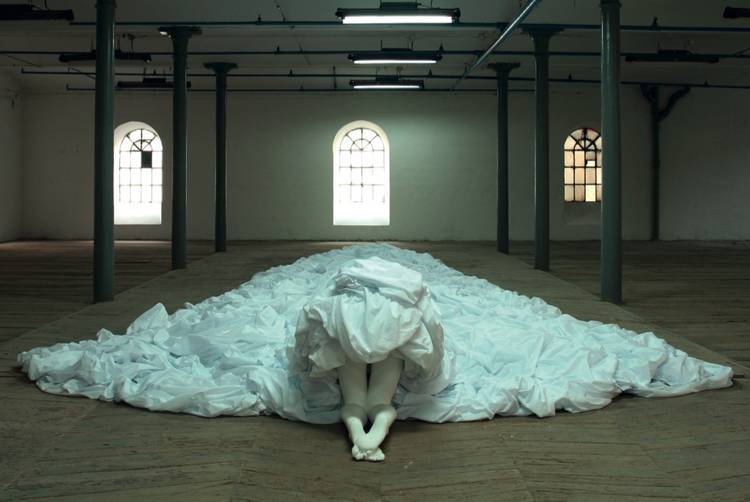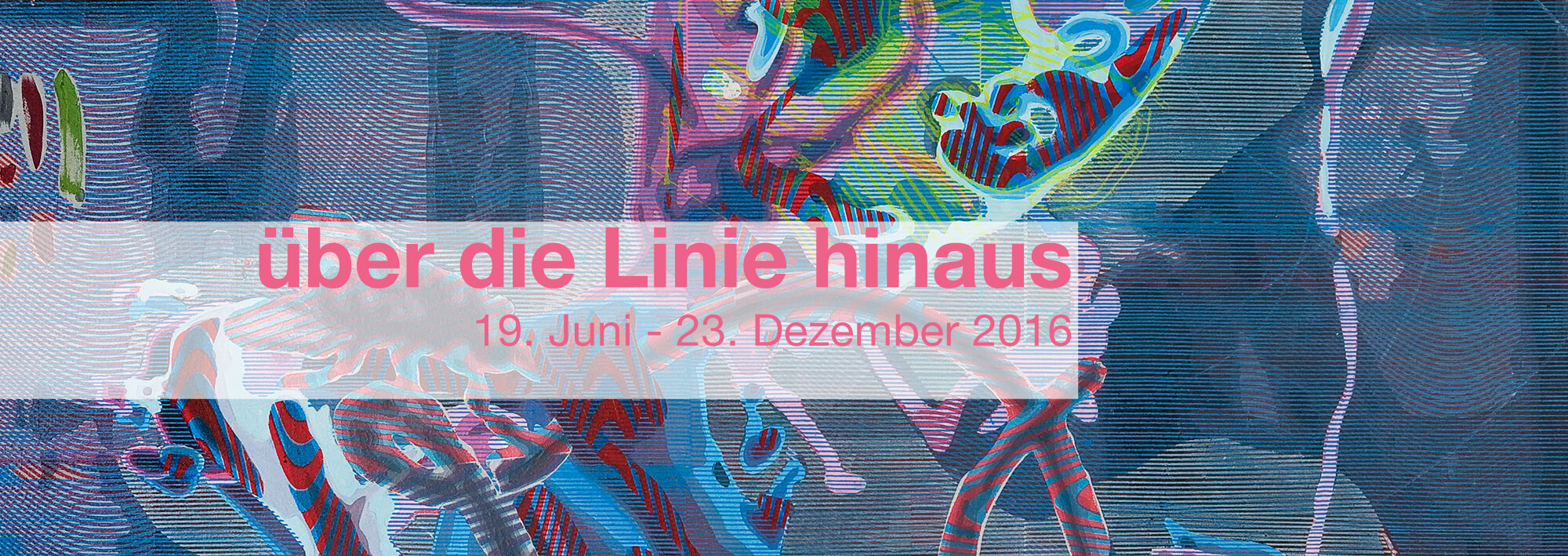
In sports, the pitch is defined by a line. In social life, as guidelines, conventions set the framework of our actions. Crossing the line (over the line beyond) means passing limits and either entering the impermissible or unfamiliar or breaking new ground. Hängung #15 presents works that go beyond the traditional understanding of artistic genres in the use of lines and linear structures.
#15
Pictures by Markus Oehlen have provided the stimulus for the topic of Hängung #15, expanding the classic field of painting by means of graphical and print art elements. From here, the road led to working with lines and linear structures that cannot be attributed to drawing in the narrower sense. In paper-cuts by Katharina Hinsberg, paintings by Enrico Bach, pictorial objects by Manuel Knapp, and wall and space installations by Anna Ingerfurth and Christl Mudrak, line goes beyond being bound to the surface and becomes part of space-containing work concepts. The drawn notations of Jorinde Voigt offer open spaces of thought. The linocuts of Georges Wenger play with a scenic-representational and abstract view. From here, a curve leads to the video work of Heidi Grandy, who works with the light reflexes of painted branches in front of a black background.
#Tour
LEVEL 1 and STAIRWAY |
ANNA INGERFURTH, ENRICO BACH AND HEIDI GRANDY
In the pieces on level 1 and on the stairway, linear elements take on the function of defining the image space, opening or closing it. The wall installation by Anna Ingerfurth is based upon a linear design that is filled with coloured, diamond-shaped panels and creates the impression of a surface standing diagonally in the space. Silhouettes of human figures give the abstract structure the character of a surreal area of action. The concept, which is executed specifically for the site, is based upon small-scale works that can be seen on the second storey of the stairway.
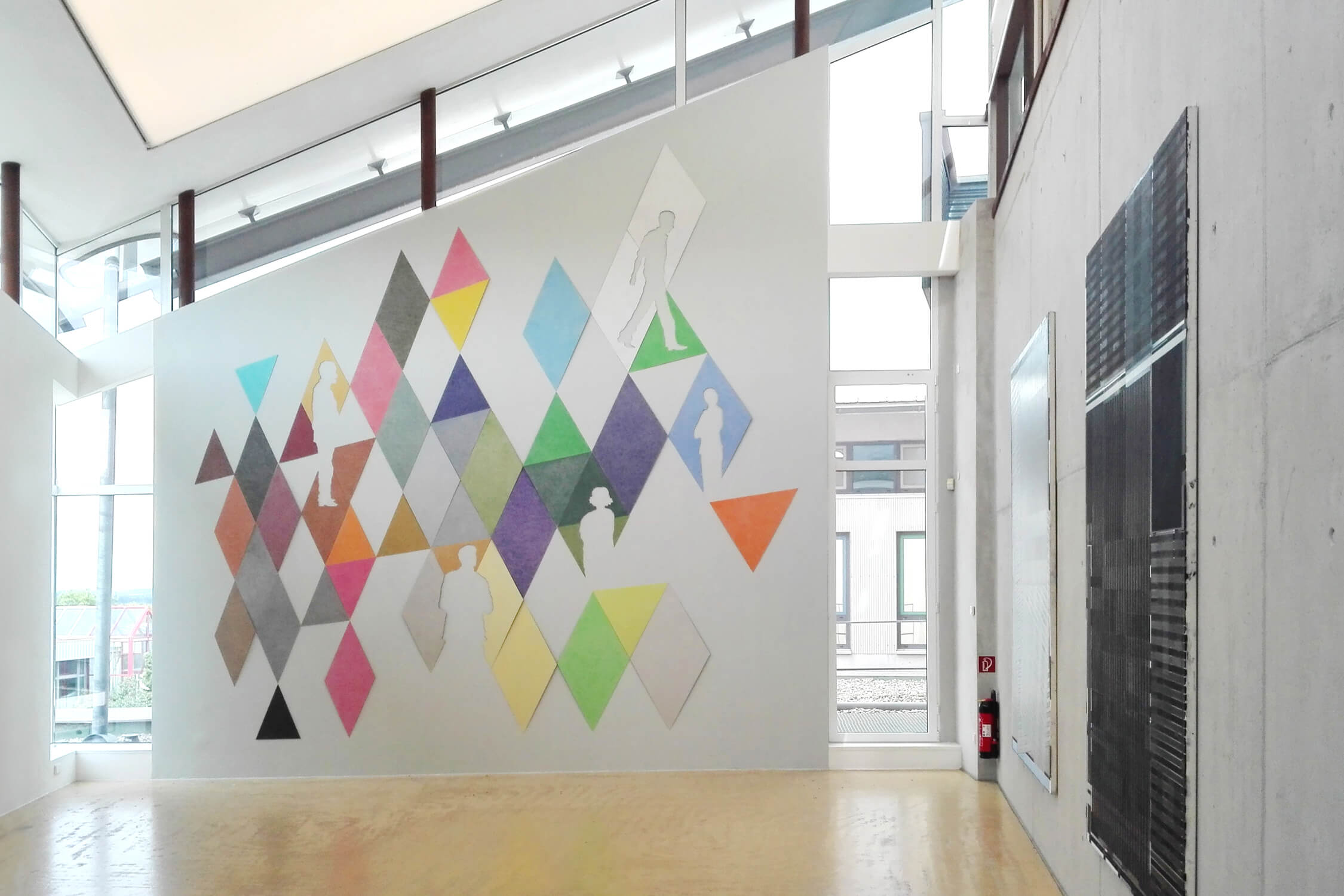
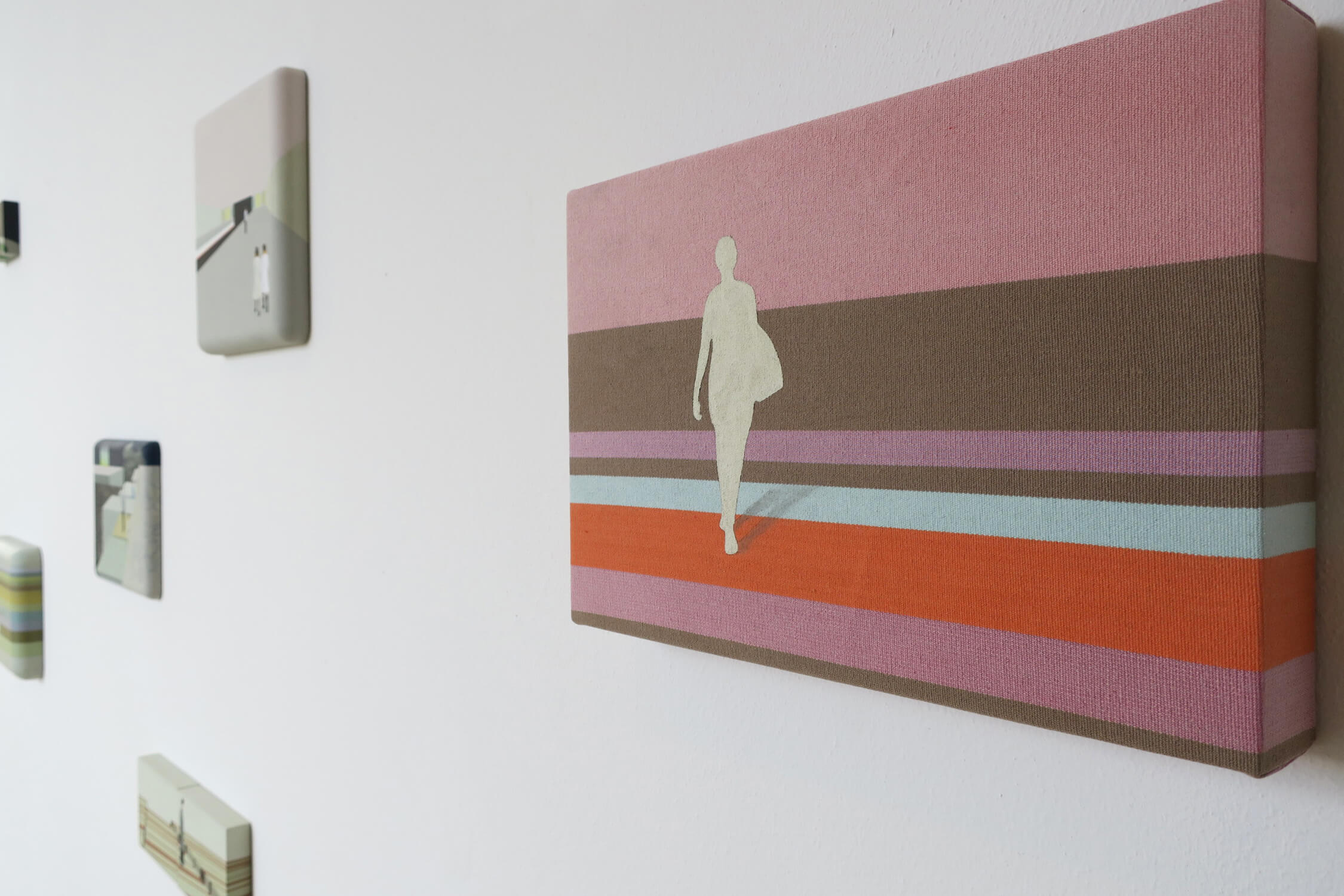
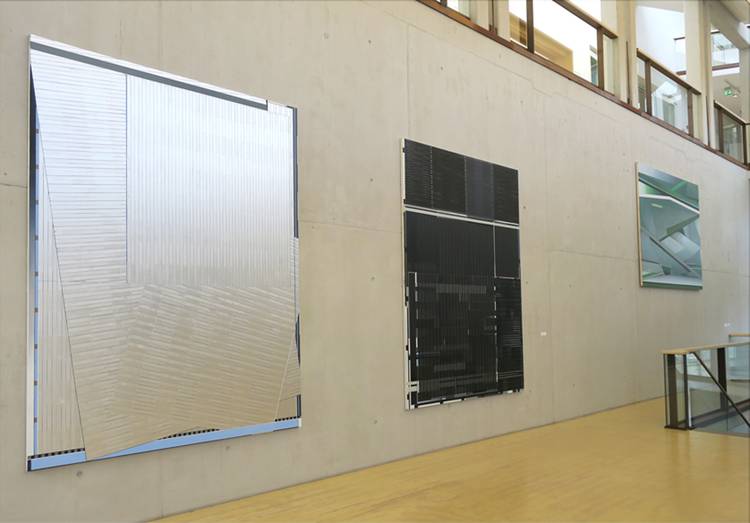
Lines, bands and areas characterise the paintings of Enrico Bach as artistic elements. The painting Ohne Titel (Untitled) executed in green and grey tones leads the eye into the depth of the picture with contradictory perspectives. By contrast, in the works from the Randgruppe (Fringe Group) series, black or silver coloured areas with linear structure finish the image foreground. Only in the coloured design of the edges or in very narrow gaps, which act like observation slits, do the pieces open the view to deeper layers.
LEVEL 2 |
MARKUS OEHLEN, CHRISTL MUDRAK AND GEORGES WENGER
The works of Markus Oehlen lead to a literally fundamental aspect of the exhibition. Even in his pieces from the 1980s, lines of almost material quality are integrated into the pictorial structures and surfaces. The graphical element is used by the artist here to expand the painting. In the newer pieces of the exhibition from the last decade, sculptural figurative motifs and linear structures are condensed into a weave of artistic layers that is visually almost impossible to resolve.
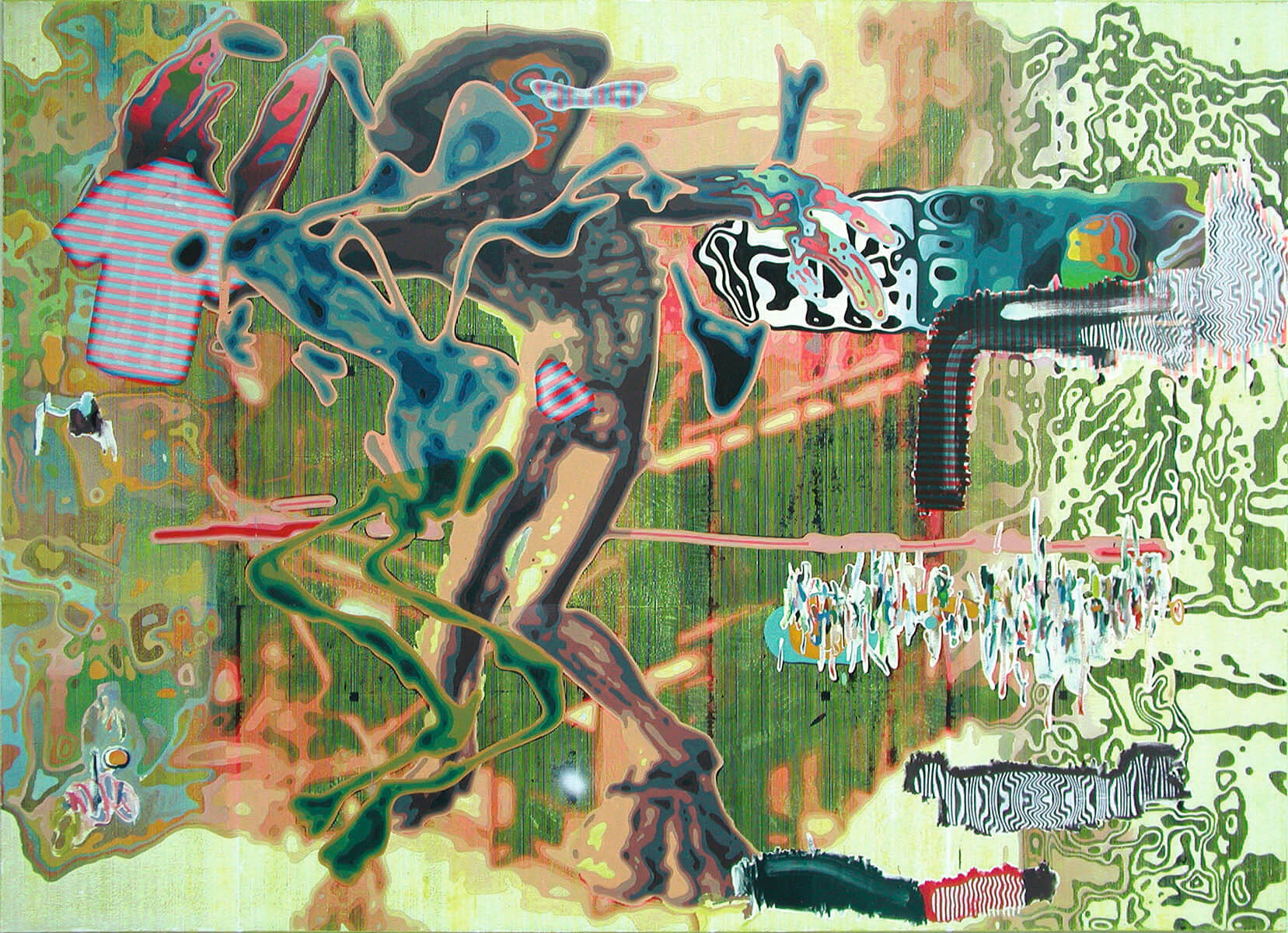
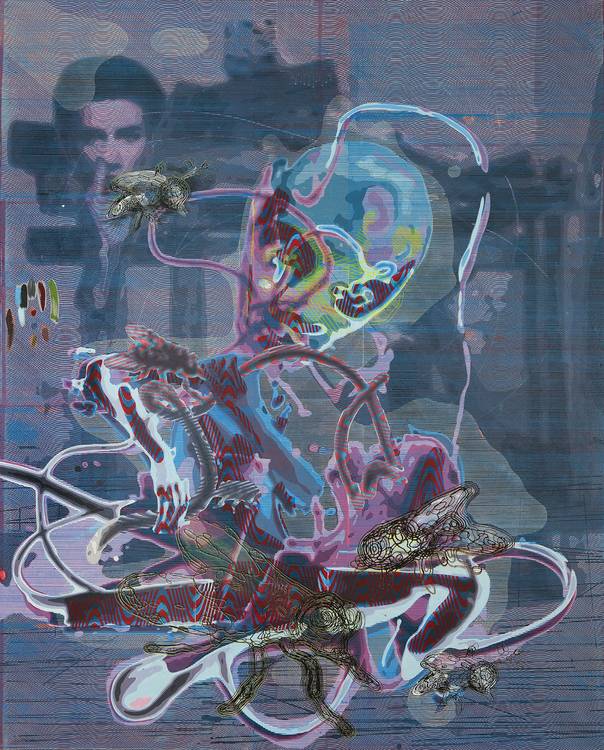
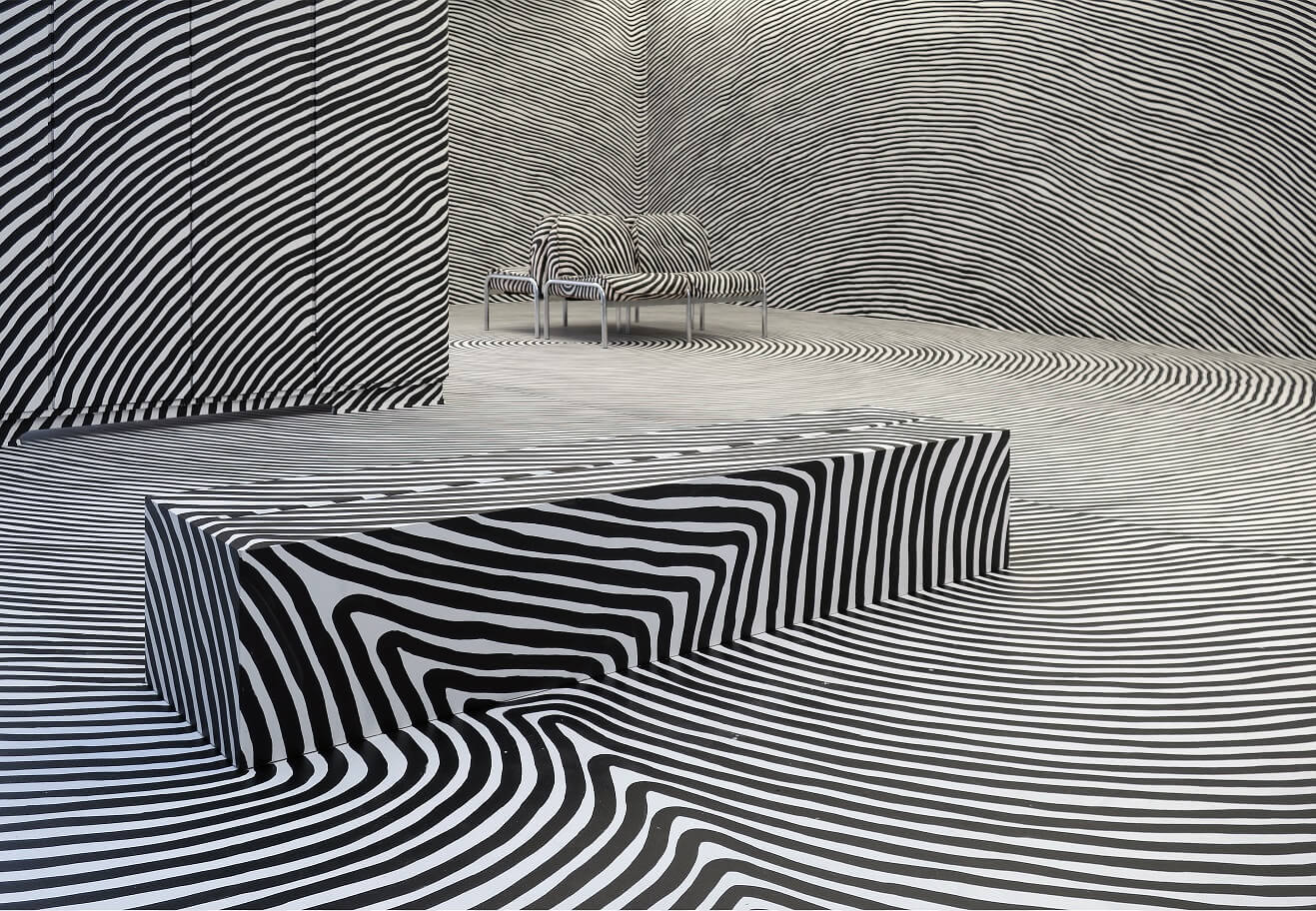
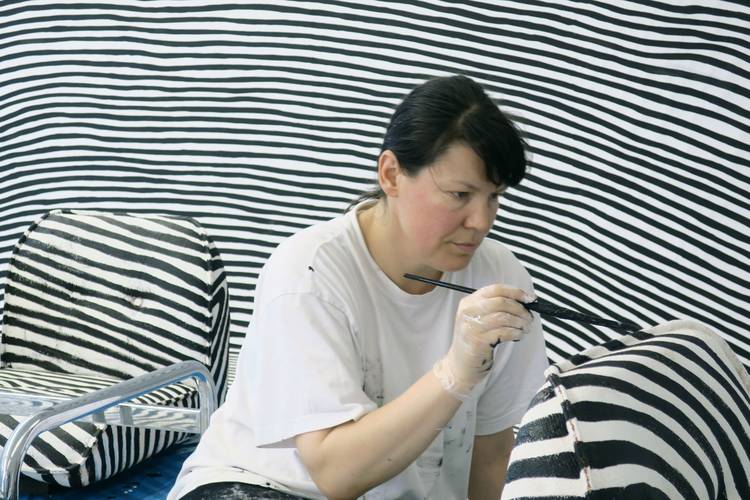
The option of looking at the shimmering and flickering in the pictures by Markus Oehlen either from a distance or close up is highlighted in the installation by Christl Mudrak. After entering the space she has designed, its effect is experienced with complete lack of distance. Black, spiral lines drawn over white surfaces and objects highlight the spatial orientation and have a direct impact on the physical and psychological experience.
The linocuts of Georges Wenger contain scenic references. With fine boughs covered in snow, they provide glimpses of wintery woodlands. However, at the same time, the mesh of black and white linework and areas distinguishes the images from the scenic.
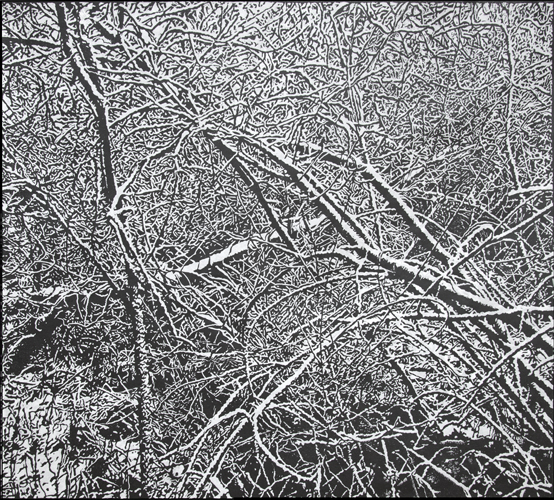
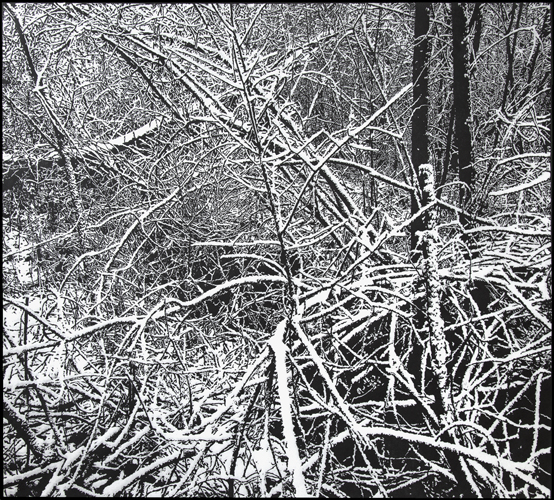
LEVEL 3 AND STAIRWAY | KATHARINA HINSBERG AND JORINDE VOIGT
The works by Katharina Hinsberg are characterised by fine lines, which the artist exposes or removes by paper cutting. She generally begins her work with a linear drawing and processes this subsequently with a scalpel. Meticulously, she guides the blade along the contours of the lines and extracts from the paper the lines themselves or the spaces between. By transferring into spatial constellations the artistic elements that are bound to the surface, she highlights the most elementary aspect of the drawing.
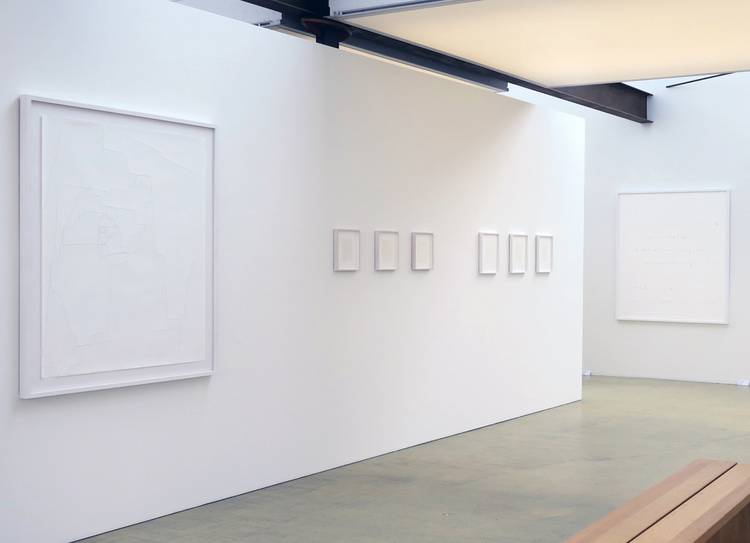
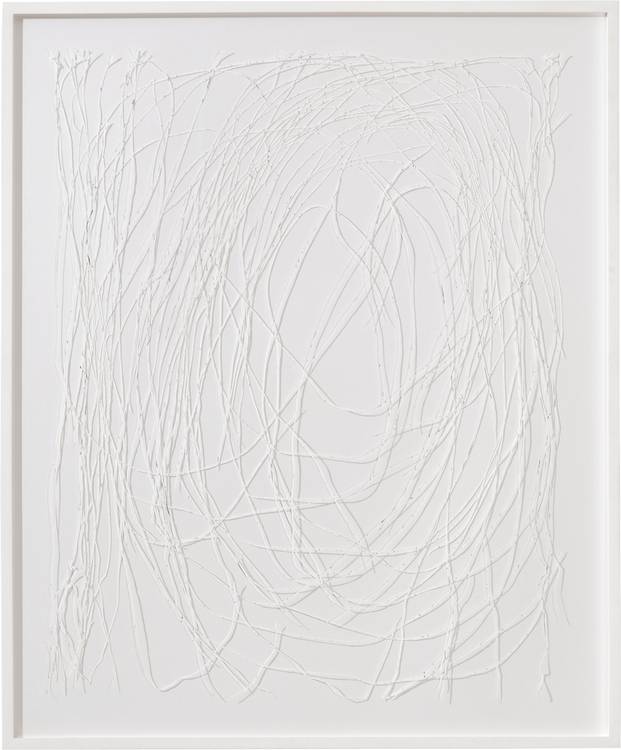
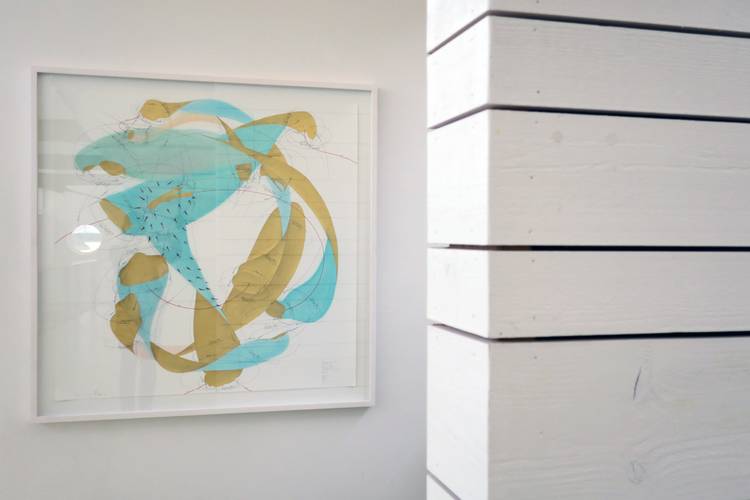
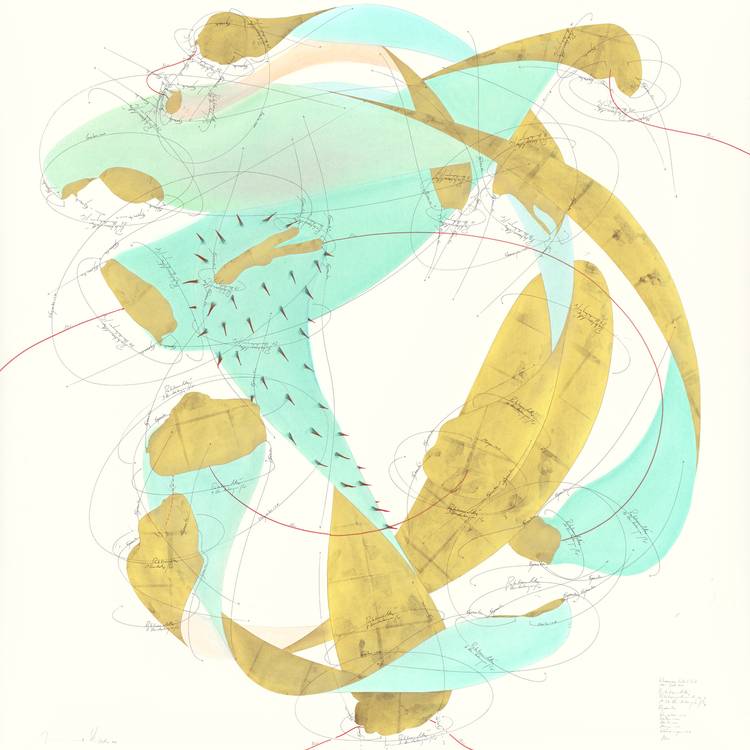
On levels 2 and 3, pieces by Jorinde Voigt are also presented, which are created in work processes that are both reproduced and pioneering. She translates her perception, experience and thinking into artistic structures of pictorial elements, reflective materials, lettering and graphical symbols that are reminiscent of dance notation or musical scores.
GROUND FLOOR | MANUEL KNAPP
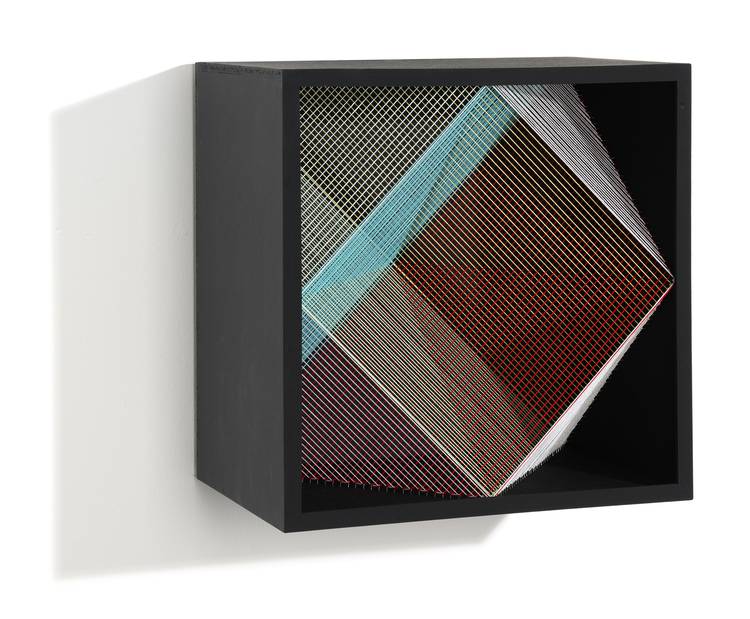
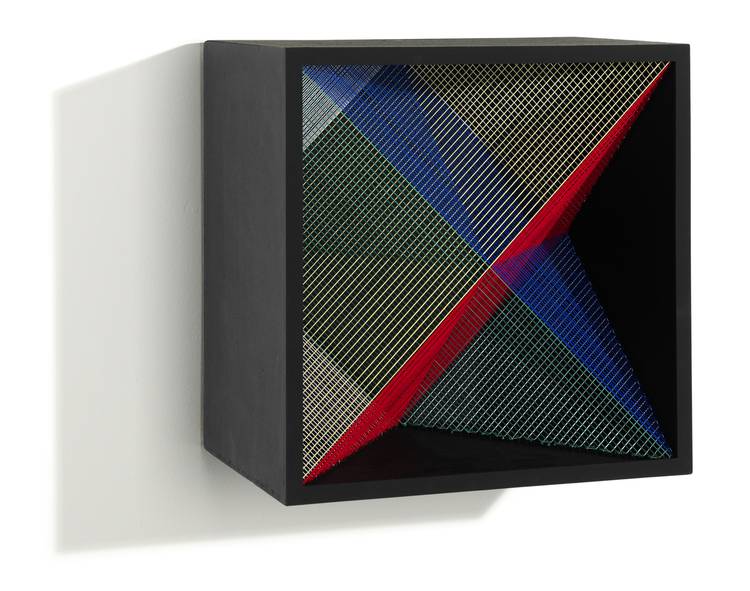
In his image objects, Manuel Knapp fixes coloured, structural surfaces into three-dimensional frames using threads running in parallel. They systematically run through the body of the picture and overlap. When observed, however, the eye can hardly follow their order. The perception of the linear yet three-dimensional structure therefore conflicts with its flat projection.

